Support TFG by using the links in our articles to shop. We receive a small commission (at no extra cost to you) so we can continue to create helpful free content. We earn from qualifying purchases made to the featured retailers. Thank you, we appreciate your support!
From bustling city streets to tranquil temples, Tokyo is such a dynamic and multi-faceted city that requires a versatile (and stylish) capsule wardrobe. If you’re getting ready for a trip to this incredible destination, we’ve got you covered with this ultimate Tokyo packing list for every season!
What to Wear in Tokyo
Table Of Contents
Tokyo is a mix of modern and traditional — a melting pot of technology, fashion, history, and the arts. With so much to see and experience, you’ll want to make sure your packing list is on point so you can look and feel great as you explore.
I was able to experience all of this; I suddenly had a week to myself, and as a busy mom of a toddler, it was amazing to think I had that much time on my hands! On the spur of the moment, I decided to book a spontaneous trip to Tokyo!! I’d been wanting to go there for 4 years and it turned out exactly as I’d hoped: I ate amazing food, took a couple of tours, and experienced the city.
This is seriously the best waterproof winter jacket ever! It keeps me warm AND dry, too!
While I was there in the spring and am happy to share what I learned, you’ve come here for all the packing help, so enjoy this year-round guide that covers all the bases of what to wear in Japan as a woman!
Japanese Style
Japanese style is incomparable! It’s everything from chic minimalism to bold, trendy streetwear. While stylish, Japanese locals also tend to dress conservatively.
Locals take a lot of pride in their appearance and always look polished and put-together. You typically won’t see things like workout wear and flip-flops on Japanese women, but readers share that comfortable sneakers and casual outfits are totally fine for sightseeing in Japan.
When I was there, the only two colors worn by locals were black and beige (like my jacket), with a sprinkle of white. Since it was cold, I’d assume this would apply to winter and spring. Everyone was wearing wide-leg pants, chunky soled boots (or combat boots), and dark-colored sneakers.
Overall, you’ll see all kinds of personal styles there, so it’s a great destination to have some fun with your own style and get inspired!
Read this post about how to choose the best walking shoes for Japan all year round.
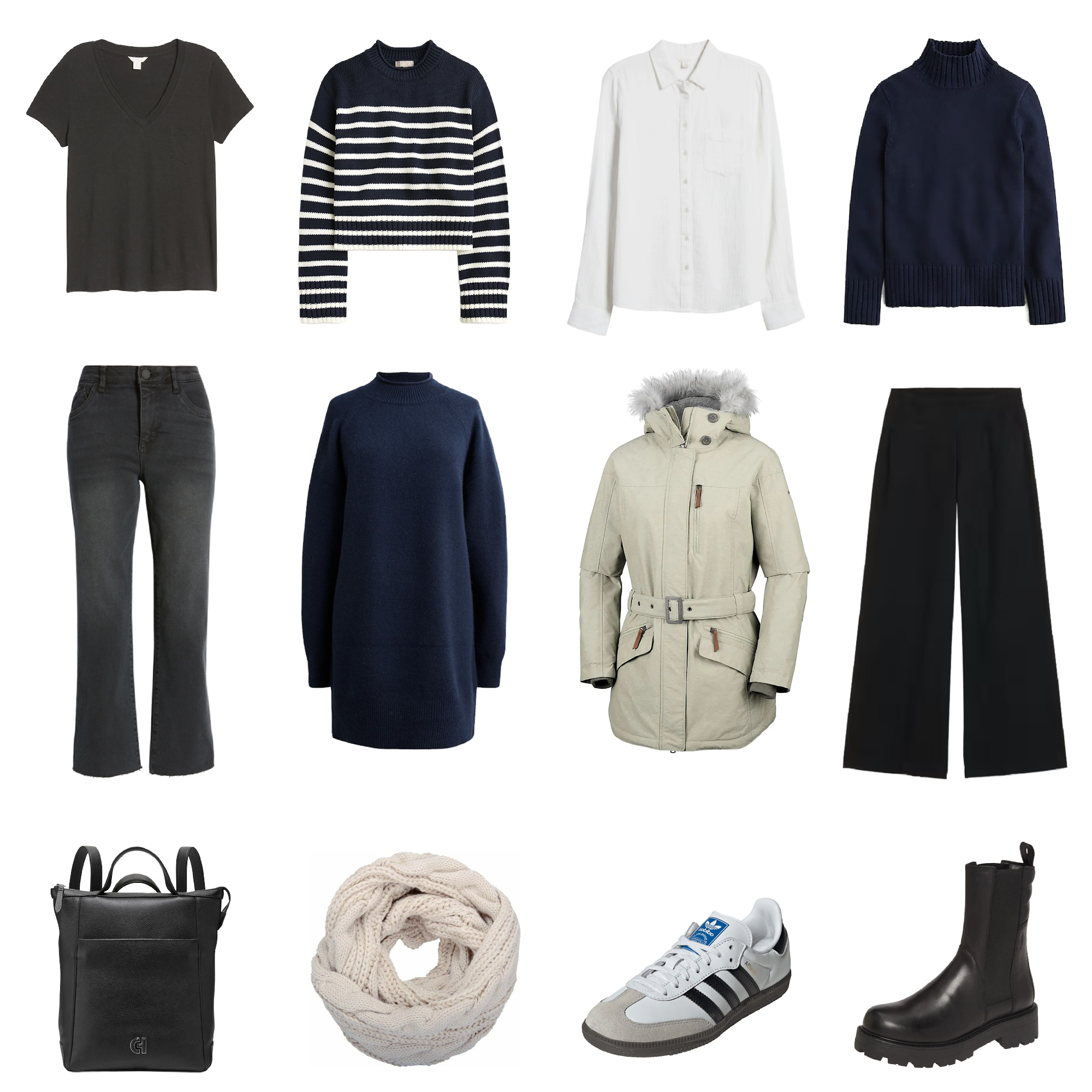
T Shirt | Sweater | Shirt | Turtleneck | Jeans | Dress | Jacket | Pants | Backpack | Scarf | Sneakers | Boots
What to Wear in Japan in Spring (March, April, May)?
The invigorating energy of spring in Tokyo is like no other, with sunny yet cool weather, busy streets, and breathtaking cherry blossoms. You’ll want to enjoy the lush landscapes and excitement of the city as much as possible, so be sure to bring a warm jacket so you can comfortably spend hours exploring outdoors.
Tokyo generally has warmer afternoons and cold evenings, so when it comes to what to wear in Japan in spring, layers are key. And while it’s not yet the rainy season, be sure to check the weather forecast to know if you should bring waterproof layers and shoes.
Shop Sizes XXS-XXL: Naadam
Tops for Spring
For tops, readers suggest layering with sweaters and long-sleeve t-shirts. Thermal tops are also highly recommended for chillier evenings or if you’ll be there in early spring when the temperatures are a bit lower.
For exploring Tokyo, consider a slouchy cashmere sweater like Naadam The Original cashmere sweater. You’ll see a lot of relaxed and oversized silhouettes around the city, and this beautiful sweater will help you lean into the stylish trend. It’s cozy yet elevated and looks really cute layered under jackets.
Shop Sizes XS-3X: LL Bean
On warmer days, readers suggest wearing long-sleeve t-shirts. Many TFGs have noted that in the spring, locals stick to neutral colors with a few spring-colored accents, which happens to be ideal for a travel capsule wardrobe!
I brought my black L.L. Bean long-sleeve tee on my recent trip to Tokyo. This is one of our most reader-recommended long-sleeve tops for travel. It can be layered under sweaters, added as a layer on the flight, or just worn alone with jeans.
A few readers who traveled to Japan in late spring noted that they mostly wore t-shirts, so if you’re traveling in May, be sure to add one or two to your packing list!
Shop Anthropologie The Colette Cropped Wide-Leg Pants: Sizes 23-34 | Plus Sizes 16W-26W
Bottoms for Spring
Many readers say that they practically lived in their comfy jeans during their springtime trips to Japan. Jeans are always easy to style, plus they’re suitable for many different occasions, from casual sightseeing days to going out for drinks.
A gorgeous pair that readers rave about is the Anthropologie Colette cropped trousers. These linen and cotton gems have become a travel staple for a lot of readers, as they have a weightless feel, a hint of stretch that flatters the body, and a versatile look that can go dressy or casual.
Shop Sizes XS-4X: Old Navy
Dressing for Tokyo means finding clothes that are both elevated but still keep you comfortable and mobile for all of the walking.
Nothing beats a classic pair of trousers, especially when they don’t wrinkle and are lightweight and stretchy! These Old Navy Pixie pants are comfy and easy to move in yet ultra-professional looking, so they’re a must-have for business travelers but also make for some effortlessly chic sightseeing looks.
Shop Sizes XS-XL: Quince
Dresses for Spring
Midi dresses are perfect to wear under a light jacket on warmer days. Opt for a dress that’s breathable and still keeps you feeling fresh. And you can add tights beneath if you’re feeling chilly.
The Mongolian Cashmere Turtleneck Midi Sweater Dress from Quince are made of fine-gauge Mongolian cashmere to envelop you in luxe softness without the added bulkiness. Cut in a classic turtleneck silhouette, with added a side slit to the versatile midi length for ease of movement—so you can stay comfortable all day and night.
If you prefer a long skirt than a dress, this cashmere midi skirt from the same brand is a good alternative!
Shop Sizes XS-3X: Columbia Carson Pass Ii Jacket
Jackets for Spring
It can be chilly in Tokyo during the springtime. So, I wore a winter jacket: for the cold days and nights which were between 35℉-45℉ (2-12 degrees Celsius). My go-to for cold weather is the Columbia Carson Pass 2.
While I was there, it rained so much that it was bitter cold. A good waterproof jacket is a must in spring. I was going to bring a lighter jacket but went against recommendations that said a thinner jacket would do, and I was right, as it was “colder than expected.”
You could also opt for a trench coat! Trench coats are a staple among Japanese locals, so they’re definitely worth packing in the spring; however, remember to bring sweaters, layer with thermals, and aim for a waterproof trench.
Shop Eddie Bauer: Regular Sizes XS-XXL | Plus Sizes 1X-3X
If you’re not expecting rain or particularly cold temperatures during your trip, then have some fun with your outerwear by bringing a waterproof trench coat!
TFG readers love these women’s trench coats by Eddie Bauer. And we know why! This modern style has a zipper closure, unlike the traditional buttons, and secure zipper pockets, making it more convenient and easier to slip in and out of. It’s DWR finish sheds moisture, so you needn’t worry about being caught in the rain, and it has a removable hood too.
Shoes for Spring
When spending long days on your feet, comfort is the most important aspect when it comes to shoes. Plenty of locals in Japan keep it comfortable with their shoes as well, but instead of brightly colored athletic sneakers, they’ll opt for things like fashion sneakers, sleek slip on sneakers, or neutral-colored tennis shoes.
Born on the pitch, the Samba is a timeless icon of street style. This silhouette stays true to its legacy with a tasteful, low-profile, soft leather upper, suede overlays and gum sole, making it a staple in everyone’s closet – on and off the pitch.
Shop: Nordstrom
Leather ankle boots are also great for chilly spring days. Just be sure that they offer plenty of support and won’t weigh you down. They look dressy but are quite practical. If rain is in the forecast, opt for some waterproof leather boots!
The Vagabond Tara chelsea boots have a beautiful look but a rugged design, so they can definitely tackle the tough city streets of Tokyo and any rugged terrain you might encounter in the countryside. Plus, they’re waterproof, so they can handle rain and mud.
Sleek leather boots like these are massively versatile, too — you can edge them up with darker colors, silver jewelry, and bold silhouettes, or keep it elegant and feminine with lighter colors and more tailored styles.
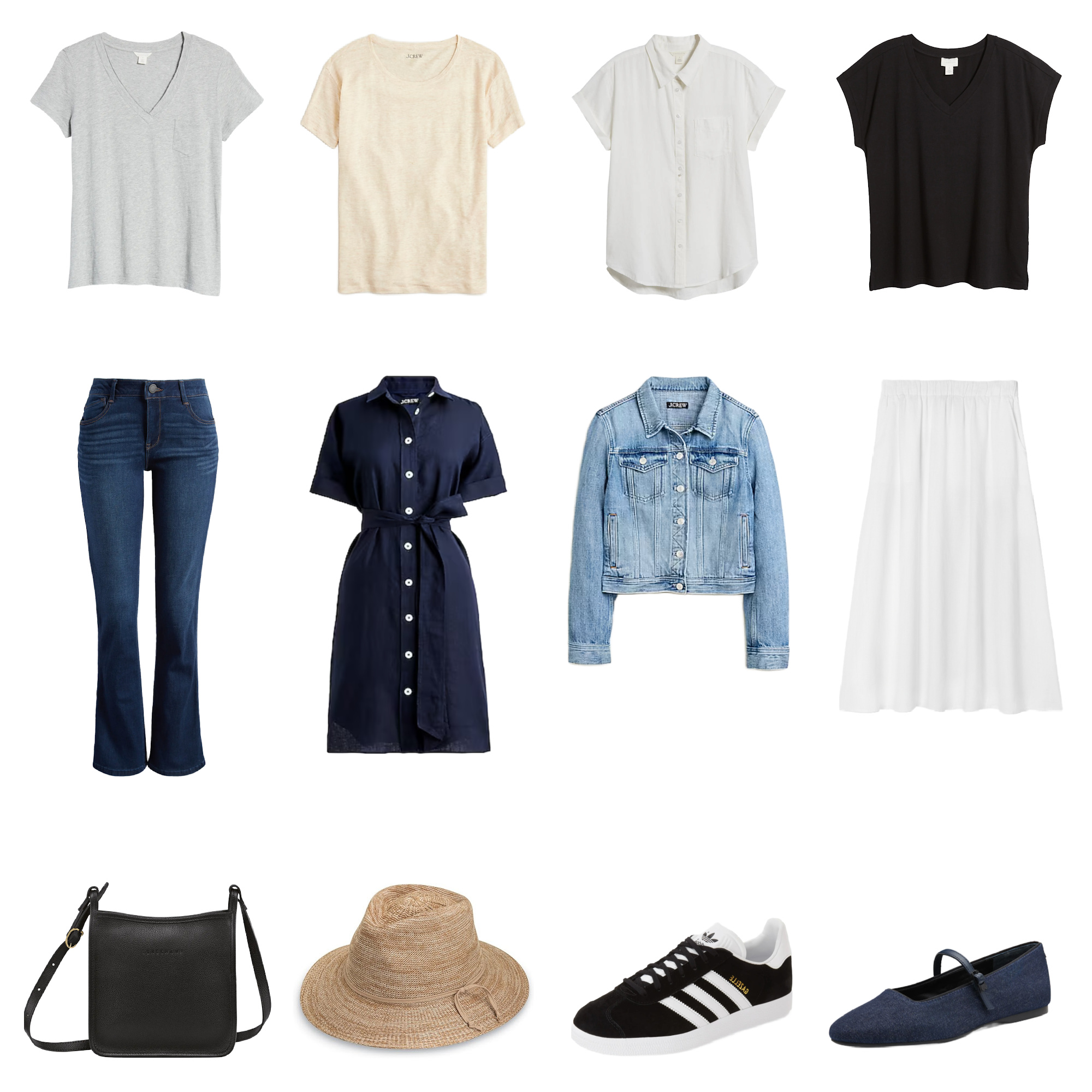
T Shirt 1 | T Shirt 2 | Shirt | T Shirt 3 | Jeans | Dress | Jacket | Skirt | Bag | Hat | Sneakers | Flats
What to Wear in Japan in Summer (June, July, August)?
When planning what to wear in summer in Japan, keep in mind that the weather will be very hot and humid. Readers say Japanese women keep cool with loose-fitting, flowy clothes. Be sure to opt for lightweight, naturally breathable fabrics, too, such as rayon, cotton, or linen.
June to mid-July is the rainy season in Japan. This time of year can be a bit tricky to pack for, because even when it’s not raining, it’ll be extra humid. But with the right layers, you’ll be good to go no matter the weather!
Shop XXS-3X: J.Crew
Tops for Summer
In addition to what to wear, you may also be wondering what not to wear in Japan. Readers note that tank tops (especially spaghetti straps) and cleavage are rarely seen on Japanese women, so they suggest opting for tops with a bit more coverage. Lightweight t-shirts will lay the perfect foundation for countless outfits in the summer!
Pick something cool and comfortable but well-tailored, like this J. Crew linen t-shirt. Its flattering yet relaxed fit and pretty linen fabric keep it from looking too casual. Elevated basics like these are an essential part of Japan’s effortless style.
Shop XS-XL: Unbound Merino
If you’re looking for something with more of a feminine shape, this Unbound Merino v neck tee is a bit more form-fitting while still offering plenty of coverage. Readers like that the neckline isn’t too low, making it a good option to keep cool but conservative in Japan. Overall, merino wool tees can be worn for so many different activities, like sightseeing, light hiking, or even deeper adventures.
Shop Anthropologie: Sizes 23-34 Regular, Tall and Petite | Plus Size 16W-26W
Bottoms for Summer
When discussing what to wear in Japan summer weather, readers have noted that even though it’ll be sweltering, shorts are typically a bit too casual for Japan and that pants or travel skirts are more common. One of the most stylish ways to keep your legs cool in the heat is with some linen pants. Airy and sophisticated, they’re a major winner for the summer.
Readers adore the Anthropologie Collette pants, which boast a subtle wide-leg, a cute cropped hemline, and a dreamy linen-blend fabric that has a bit of stretch.
Shop Sizes XXS-3X: Eileen Fisher
Feminine and dressy, skirts are another perfect option for what to wear in Japan in the summer. One TFGer suggests longer midi or maxi lengths, as you’ll be walking up and down stairs, jumping in and out of trains, and generally be quite active.
Linen skirts are especially chic and cooling, and wonderful for combatting the humidity. This Eileen Fisher Organic Linen skirt is perfect for leisurely days spent shopping in Tokyo or visiting temples in Kyoto. This skirt is super elegant and pairs well with a simple black tee, and while it’s breathable, it’s not too thin or light.
Shop Sizes XS-XL: Quince
Dresses for Summer
Flowy dresses are amazing for sightseeing in the heat. And when it comes to what to wear in Tokyo in summer, readers who have done the trip say that their moisture-wicking dresses, linen dresses, and sundresses were perfect for staying cool while looking leveled up.
A slouchy linen dress like this one from Quince is a quintessential Japanese style, especially because of its workwear-inspired design. This is a super chic, lightweight piece to bring into your summer rotation, as you can wear it with sneakers during the day and dress it up with loafers at night!
Shop Sizes XS-XXL: Chico’s
The Chico’s Travelers dress is another pretty option that could go casual with tennis shoes and dressy with ballet flats. The fabric is breathable, light, and wrinkle-resistant, so it’ll look continuously polished throughout your trip and the flattering cut isn’t too form-fitting, with cap sleeves and a chic midi length to add some coverage.
Maxi dresses and midi dresses are popular with readers for looking feminine and elegant while staying modest. One reader shares that her maxi dress worked especially well when sitting on the floor at nicer restaurants on her Tokyo trip!
Another thing to note when it comes to dresses (and skirts) is that while Japanese women tend to cover up on top, you’ll definitely see some shorter skirts and dresses, so if you’re into shorter styles, go for it!
Shop Sizes XS-XL: Nordstrom
Jackets for Summer
While you may not need a jacket in the summer for warmth, you’ll definitely need one for the rain. Add a lightweight, packable rain jacket to your Japan summer packing list that you can stash in your day bag and easily pull out when the rain hits.
This Cole Haan rain jacket is a top pick for summer rain, as it’s light and highly breathable, so it won’t feel too stifling in the heat. Plus, it can fold down small.
Shop Sizes XXS-3X: J.Crew
If you’re visiting Japan after the rainy season, a lightweight jean jacket is great for evenings. Even if the nighttime temperatures are pleasantly cool, readers say that a jacket will come in handy for strongly air-conditioned spaces.
A denim jacket is a timeless classic that’ll look great with everything from jeans to dresses, and it can look both casual and dressy depending on how you style it. Readers adore the comfort and quality of this J. Crew jean jacket!
A blazer is another great option that’ll make any outfit look elevated and put-together — perfect for Japan’s polished energy! Or try out a linen blazer, too!
Shoes for Summer
Casual tennis shoes and stylish sneakers are the best options for trekking around Japan, whether in the heart of the city or the tranquil countryside. They should have lots of support and cushioning for all the walking and standing you’ll be doing!
The retro look of Adidas Gazelle sneakers is super popular in Japan, too. These classics are super supportive and comfortable for lots of walking, and they’ll look cute with so many different outfits and personal styles.
Shop: Nordstrom
There is so much to explore when it comes to nightlife in Japan, which means you’ll need a slightly dressier option for the evenings. Add some chic ballet flats or Mary Jane shoes to go with your evening looks!
These Birdies Hummingbird mary janes are stylish enough to wear to a nice dinner or a ritzy bar but are still comfortable enough for an evening stroll. Another reason readers love them is that they’re lightweight and have some arch support, plus they won’t make your feet completely overheat.
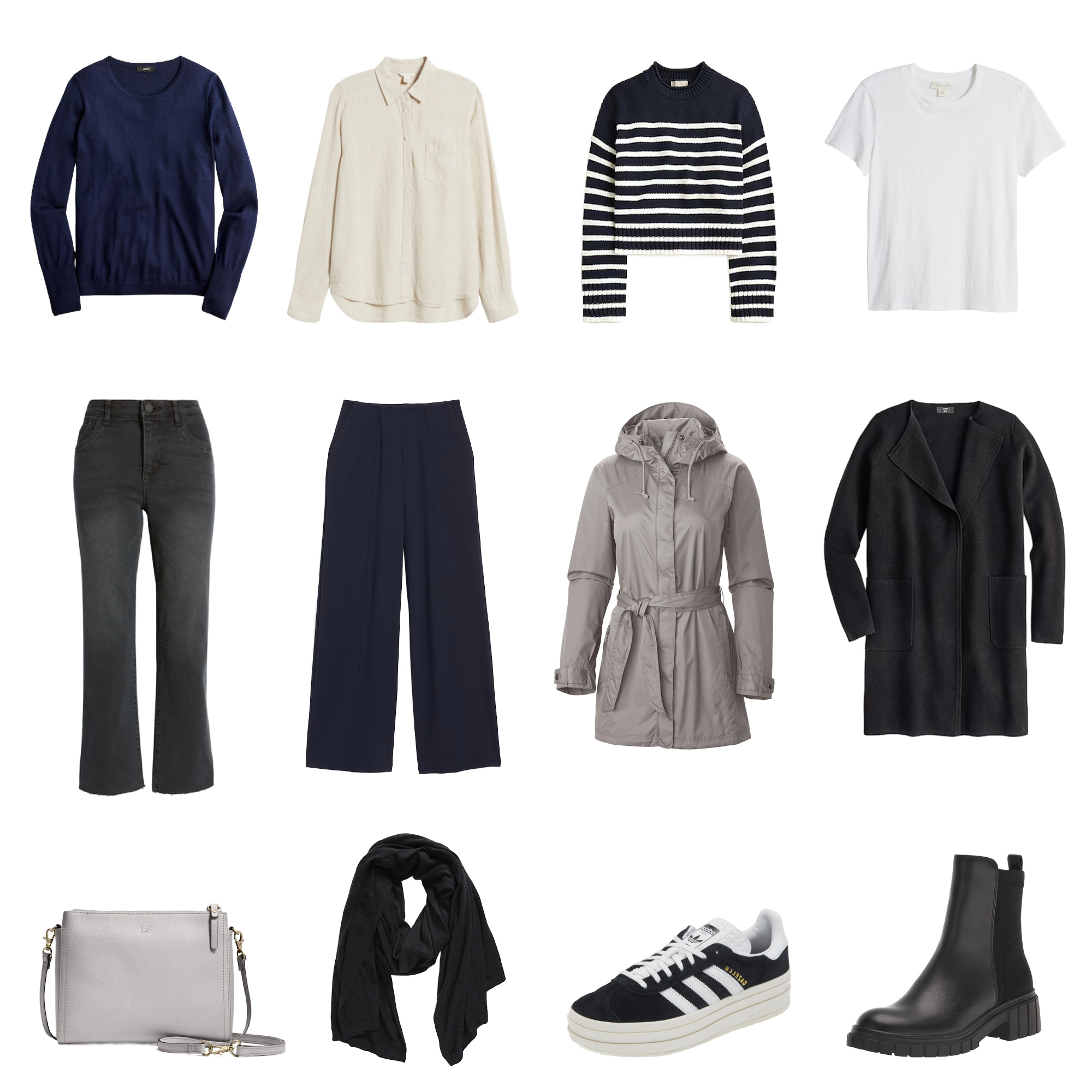
Sweater 1 | Shirt | Sweater 2 | T Shirt | Jeans | Pants | Jacket | Cardigan | Bag | Scarf | Sneakers | Boots
What to Wear in Japan in Fall (September, October, November)?
The summer heat will drag into the beginning of the fall, with comfortably warm days and lovely evenings. The weather will eventually get a bit brisker and drier towards November.
It’s a beautiful time of year, where instead of cherry blossoms everywhere, you’ll see leaves starting to turn gorgeous hues of red and yellow as well as celebrations for many cultural events happening all around the country. That said, typhoon season in Japan occurs around August and September with strong wind and rain (particularly in southern areas like Okinawa), so that lingering story weather might affect what to wear in Japan during autumn.
Shop Sizes XS-3X: Eddie Bauer
Tops for Fall
A classic white button down shirt is a fashion staple in Tokyo. It’s a chic yet easygoing top that’ll pair well with any comfortable travel pants and skirts for an easily leveled-up look!
The Eddie Bauer Departure shirt is a travel-friendly pick because it’s made for adventuring but looks nice and polished. The fabric is great for warm fall days, too, as it’s breathable, lightweight, and moisture-wicking, and it can work in summe too, having UPF 50 sun protection.
Shop XS-XL: Quince
Definitely pack some basic t-shirts, too. In early fall, you’ll need short-sleeve t-shirts for the lingering heat and a long-sleeve t-shirt or two for cooler days and evenings. In the late fall, long-sleeve t-shirts are ideal.
If you’re looking to rock a t-shirt with an ultra-chic edge, this Quince cashmere top is the one! It has the look of a classic, form-fitting tee but is made from dreamy, lightweight cashmere. This gem is perfect for layering and dressing up or down.
Shop Nordstrom: Sizes Regular & Petite XS-XL | Plus 1X-3X
Bottoms for Fall
Darker color palettes and baggier silhouettes are especially prevalent in the fall in Japan, so add some dark wide-leg pants and maxi skirts to your packing list.
This Loveappella maxi skirt is perfect for Japan, with a great balance of edginess and sophistication that Japanese style is known for. Flattering and feminine yet modest, this skirt will look great with sneakers and tees by day and flats and sweaters by night.
Shop Sizes 0-24: Athleta
To be comfy and mobile for Japan’s hiking trails or long days of trekking around the big city, readers suggest pants that are sporty in their construction but neutral and versatile in their look.
One pair that checks these boxes is the Athleta Pinnacle pants, which readers have taken from outdoor adventures straight to nice dinners! While they’re breathable, quick-drying, durable, and overall built for adventure, these pants have a nice, polished look that’s suitable for Japan’s elevated style.
Shop Sizes XS-XL: Quince
Dresses for Fall
Since the weather is still pretty decent, you can get away with a t-shirt dress or a basic long sleeve dress. The ever-popular Quince tencel dress is versatile for fall, spring, and even early summer! It goes with tan flats, or even knee high boots!
Shop Sizes XXS-3X: J.Crew
Jackets for Fall
Although it’ll be relatively warm, planning what to wear in Japan during fall should include a jacket. For chilly nights, bring a light yet warm layer, like a knit blazer. Blazers are great for dressing up any outfit, plus if you choose one that’s soft and slightly thicker, it’ll keep you nice and cozy.
The J. Crew Juliette sweater blazer is a chic piece that’s not too heavy but is still warm, especially with the longer length. Made from a soft cotton blend, this beauty is incredibly versatile, has roomy pockets, and is easy to pack.
More fall jackets that are great for Japan include cardigans and leather jackets, or you could opt for a cashmere or merino wool sweater.
Shop Sizes XS-3X: Eddie Bauer
In early autumn especially, you’ll likely see some rain, so a packable rain jacket is another must. Choose a jacket that’s lightweight so it won’t overheat you on warm days, but also roomy enough to layer underneath if it gets chilly.
The Eddie Bauer Girl On The Go Trench is very popular with readers. It’s a slightly more functional take on a trench coat, with a simple yet feminine design, great ventilation, and an ultra-lightweight feel.
Shop: Nordstrom
Shoes for Fall
Fall is a great time to be out in nature in Japan, so bring a pair of comfortable waterproof tennis shoes in case it rains or you walk along damp trails. Readers confirm that although locals tend to keep it dressy, casual yet cute tennis shoes are the best shoes to wear in places like Kyoto or Okinawa.
When planning what to pack for Tokyo, you’ll fit right in with some fashionable sneakers! Neutral running shoes work, too.
Despite their sporty nature, the Adidas Gazelle Platform sneakers have a sleek, modern design that makes them a super stylish tennis shoe. Readers love how cute and versatile they are too!
Boots are a great shoe option throughout fall. Pack a comfortable waterproof pair if you’re traveling in early fall or if rain is in the forecast.
Leather boots are great because they exude a more polished look, elevating simple day-to-day outfits. They’ll also double as a sightseeing shoe and a going-out shoe! I saw a lot of locals wearing chunky soled boots and combat boots.
Blondo Waterproof Boots are the perfect blend of fashion, function, and comfort. These shoes not only look great, but they will keep your feet dry in even the wettest conditions thanks to their advanced waterproof technology.
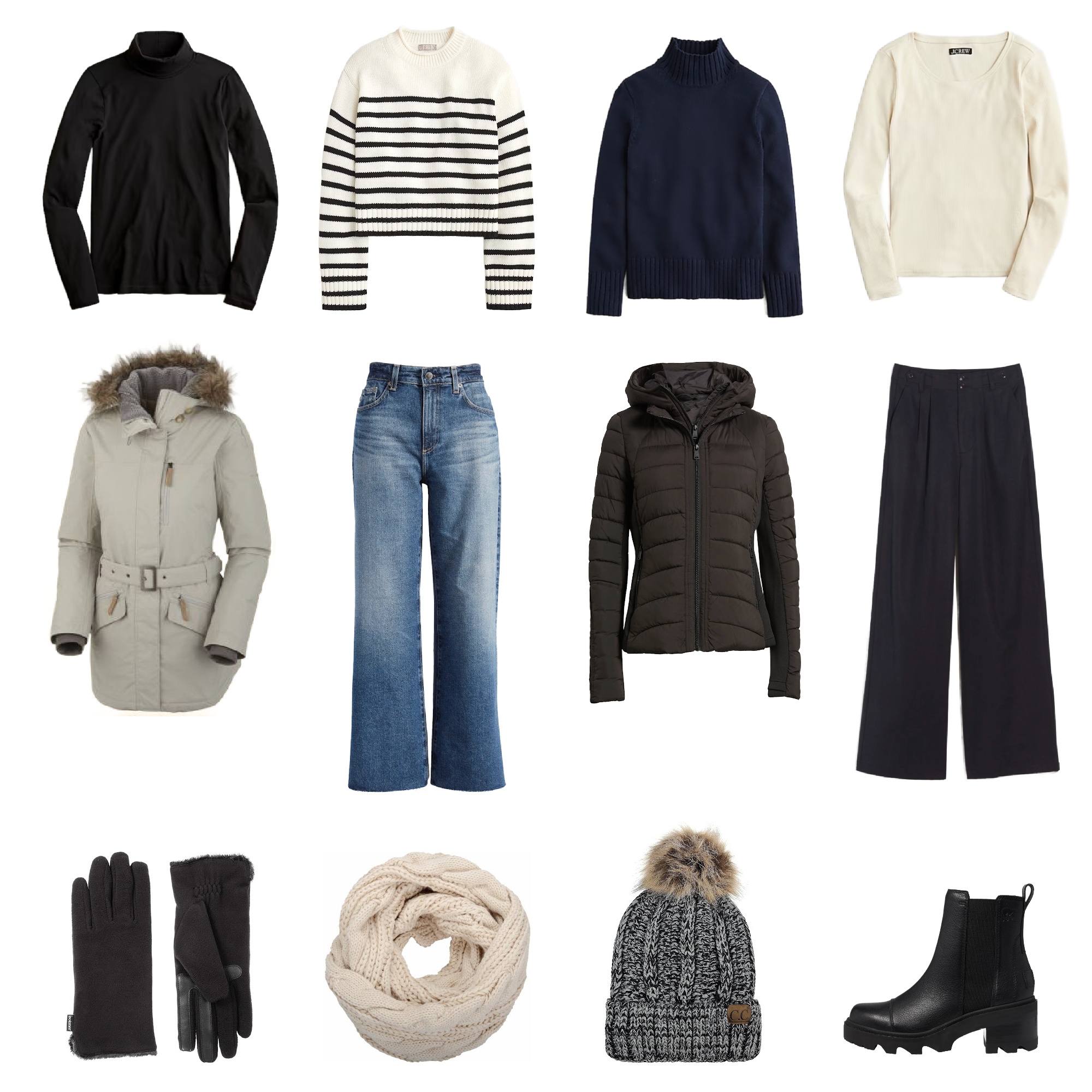
Turtleneck | Sweater 1 | Sweater 2 | Longsleeve | Jacket 1 | Jeans | Jacket 2 | Pants | Gloves | Scarf | Beanie | Boots
What to Wear in Japan in Winter (December, January, February)?
From dry, sunny days to winter wonderlands, the winter weather in Japan varies greatly depending on the region. If you’re in Tokyo or Kyoto and the surrounding regions, it’ll generally be very cold but not freezing, with clear, sunny skies. Okinawa has the mildest winter, with chilly, spring-like temps.
The northern and western regions are snowy and bitter cold, so they’re great destinations for ski trips! If you’re planning on hitting the slopes, packing warm, quality snow gear is crucial, so take a look at this ski trip packing list for the essentials!
Shop Sizes XXS-3X: Nadaam
Tops for Winter
When planning what to wear in Tokyo in winter, start off by packing some warm sweaters. Cashmere, merino wool, and alpaca are fantastic fabrics because they’re lightweight, breathable, and naturally insulating.
Add extra warmth and elegance with a turtleneck! This cashmere turtleneck from Nadaam is a staple that you can style endless outfits around. Its relaxed fit is chic and comfortable, and the cashmere feels luxurious.
Similar to fall, locals tend to embrace darker colors in the winter. Dark neutrals will keep your capsule wardrobe super versatile, too. Additionally, if you want to lean into the exaggerated silhouettes many Japanese locals favor, consider an oversized tunic sweater.
Shop Sizes XS-XXL: Uniqlo
A thermal top to layer under your sweater is a must for your Japan winter packing list, especially because you’ll be walking around in the cold for long periods of time. The good news is you only need to pack one — they’re sweat-wicking and anti-odor, so they’ll stay fresh throughout your trip!
The Uniqlo Heattech thermals are my new favorites. They were a lifesaver on my trip to Tokyo! So warm yet so lightweight.
Shop Sizes 10-18: Kut from The Kloth Meg Fab Ab High Waist Wide Leg Jeans
Bottoms for Winter
A lot of our readers recommend jeans for winter in Japan, stating that they’re stylish and functional for sightseeing in any Japanese city. Jeans will definitely be a go-to on cold days — just be sure to pack a pair that’s not cropped or too lightweight!
TFG readers adore wide leg jeans, and this Kut from The Kloth pair is stylish and very flattering. They can handle cold weather, too! While jeans can easily look elevated, black jeans are especially dressy-looking.
Shop Sizes 0-14: Lululemon
Eternally a hit with TFGs, the Lululemon Utilitech Relaxed-Fit Mid-Rise Trouser have four-way stretch, can wick away sweat (yes, we even sweat in chillier weather), and are also fast to dry.
The mid rise, full-length wide leg, and sleek feel make them a laid-back, easy-to-wear option that wearers say is flattering and cute! Wearers also highlight the soft fabric and the handy four pockets to store small essentials while sightseeing, with two in the back and two in front!
Shop Sizes XS-XL: Quince
Dresses for Winter
In terms of winter dresses, choose something made of cashmere, polyester, merino wool, or alpaca.
The Quince Mongolian cashmere dress comes in numerous colors and will look fab with fleece lined leggings or merino wool leggings, and, of course, boots!
Shop in Regular and Petite Sizes: Eddie Bauer CirrusLite Down Jacket
Jackets for Winter
In Tokyo and the surrounding region, daytime temps are typically in the low 50s F, so insulation is key. Puffer jackets are not only super cute, but are lightweight, extremely warm, and make packing easy!
Appealing, but packs a warmth wallop, this down travel jacket by Eddie Bauer will be your cold-weather BFF. Light and incredibly cozy, its shell is densely woven to serve as a barrier between you and the elements, which makes this the ideal waterproof stylish jacket. Its high, fitted collar, elastic cuffs, and binded bottom hem seal the deal in protecting you from the cold and wind.
Shop Sizes S-3X: Amazon
Evenings in Tokyo can drop to the mid to high 30s F, so if you want to be out and about at night, you’ll likely want to bring a heftier winter coat.
The Columbia Carson Pass II travel jacket is one of the best jackets for travel in the winter, perfect for keeping you dry and warm as can be in any cold destination!
It’ll offer plenty of mobility, so it’s great for sporty activities or for just sightseeing on a snowy day, and while it’s waterproof and insulated with thermal reflective technology, it’s breathable and doesn’t feel too heavy to wear. The adjustable belt can define your figure, and the faux fur trim can be removed for a different look!
A scarf, warm hat, and gloves are a must for what to wear in Tokyo winter, too – you’ll need them as you spend the day walking around in the cold.
Shoes for Winter
Boots are the best choice in the winter. Rain and snow are rare during the winter months, so unless you see rain in the forecast, you’ll be set with a chic pair of leather boots. As always, be sure they’re sturdy, supportive, and comfortable for hours and hours of walking!
These beautiful Sorel Joan Now boots are super supportive and will take you from a long day of sightseeing to a fun night out. They’re also waterproof, resilient, and easy to care for — all very important factors!
If you’re heading to the snow, you’ll need some sturdy, waterproof boots!
These Sorel Out N About ankle boots have a rugged design with enhanced traction and a waterproof exterior, yet are super stylish! Readers rave about the cushioned footbed and lasting comfort, as well as the functionality on all kinds of surfaces, from snow and slush to rain and mud.
Best Luggage for Japan
I traveled carryon only with the Monos Carry-On Pro and it worked out great. It’s lightweight at 7 lbs. Its 22” size means it’ll fit in the overhead bins of all major airlines (including international flights), and its sleek, streamlined design gives it a stylish look.
Travelpro Platinum Elite Softside Expandable 20″ Carry on Luggage
If you want a softside option, the ultimate reader favorite brand is Travelpro. Their Platinum Elite soft luggage 20” has spinner wheels, organizational pockets on the front, has a USB port, can even hold a laptop, and is expandable. Read these tips on how to pick a suitcase and consider one of these top brands.
WANDF 18″ Foldable Travel Duffle Bag
A travel tip for souvenir shopping is to bring a packable duffle bag to store all your goodies. Readers swear by the Wandf packable duffle and say it’s so easy to transport and is useful for other things like hauling laundry, not just gifts or souvenirs.
Compass Rose Compression Packing Cubes
Depending on how many days or weeks you’re traveling, you may want to use luggage organizers such as packing cubes, which allow optimum use of the space in your luggage, keeping everything organized and in place during your travels, and making the task of unpacking and repacking simple and stress-free. Check out this video on how to organize using packing cubes, it’s incredibly easy!
If you want more resources on what type of suitcase to choose, start here:
- Best Hardside Luggage
- Best Softside Luggage
- Find the Best Carry On Suitcase to Suit Your Trip
- Best International Carry On Luggage
- Best Expandable Luggage That’s Lightweight
Rebecca Minkoff Julian Backpack
Best Day Bag or Purse for Japan
Planning what to pack for Tokyo Japan should include a great day bag! Bring something compact, comfortable to carry, and a little bit elevated.
If you’ll be out sightseeing the whole day and want to bring a jacket and other travel essentials with you, definitely bring a cute, compact backpack! A lot of readers bring backpacks and say that they’re also great to have if you know you want to do some shopping.
I brought the Rebecca Minkoff Julian backpack as my personal item and purse during my trip to Tokyo. It’s a great city bag, looks great, and holds a lot!
One of the most popular styles of bags you’ll see around Japan are sling bags and fanny packs. They’re typically quite small and lightweight, so they won’t be uncomfortable to carry for hours on end. Everything will be within easy reach, too!
The Lo&Sons Nouvelle Sling Bag is the ultimate travel accessory, blending style, practicality, and sustainability. Made from eco-friendly recycled nylon, this sleek bag comes in a sophisticated ivory, gold, and camel color combination. Featuring 4 thoughtfully placed pockets, the Nouvelle Sling Bag offers a spacious and organized interior to keep all your essentials within easy reach. Perfect for those who want a lightweight, hands-free option with a chic design, this bag is your go-to companion for any adventure.
Compass Rose Secret Bra Wallet
Safety
While safety is not a big concern in Japan, it’s sitll wise to take a few safety precautions so you feel less stressed during your travels.
Be cautious about where you stash your cash. Make your clothing theft-proof and choose items with strong zippers. Jeans are handy for this reason: you can put important items, like your wallet and phone, in your front pockets, where it’s very difficult for a wandering hand to snatch it. Add items like the Secret Bra Pocket and Underwear with Pockets to your packing list. You could also buy clothing with hidden pockets to hide valuables even deeper!
Wear your purse strap across your body and the zipper towards the front. For extra security, check out the “theft-proof” bags featured in this post about crossbody purses.
Now that you know what to wear, you can create your own custom packing list! To learn more about customizing TFG’s Packing Lists to meet your needs, please read this guide.
What are the essentials on your packing list for Tokyo? Please comment below!
For more Asia packing lists, please read:
- Packing List for Japan: Tokyo
- Southeast Asia Backpacking Packing List
- 10 Step Packing Guide for Southeast Asia
Suggested Travel Resources:
- Lonely Planet Experience Japan (Travel Guide)
- Lonely Planet Japan (Country Guide)
- Lonely Planet Tokyo (Travel Guide)
LIKED THIS POST? PIN THIS PIC TO SAVE IT!
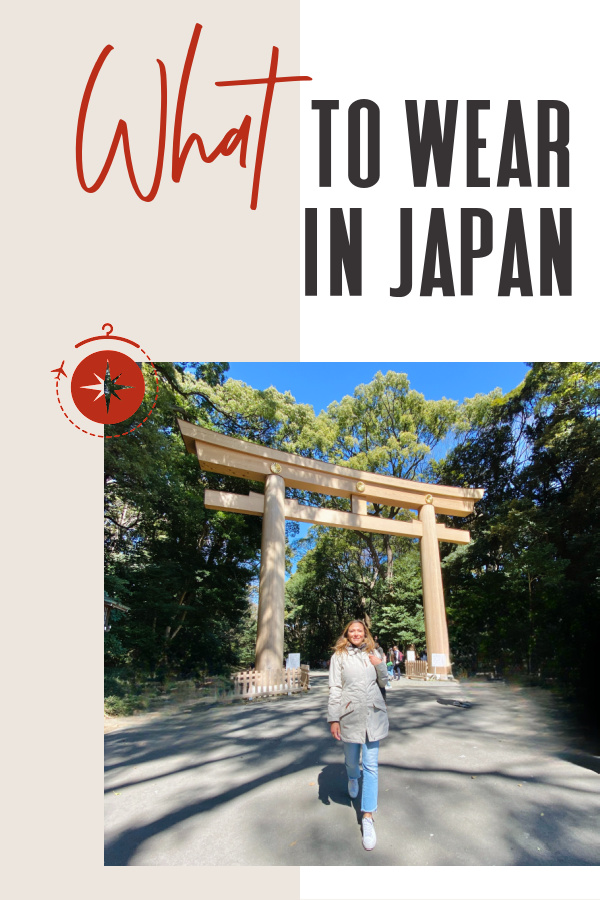
We hope you enjoyed this guide to packing for Tokyo. Please share it with your friends on Facebook, Twitter, or Pinterest. Thanks for sharing!

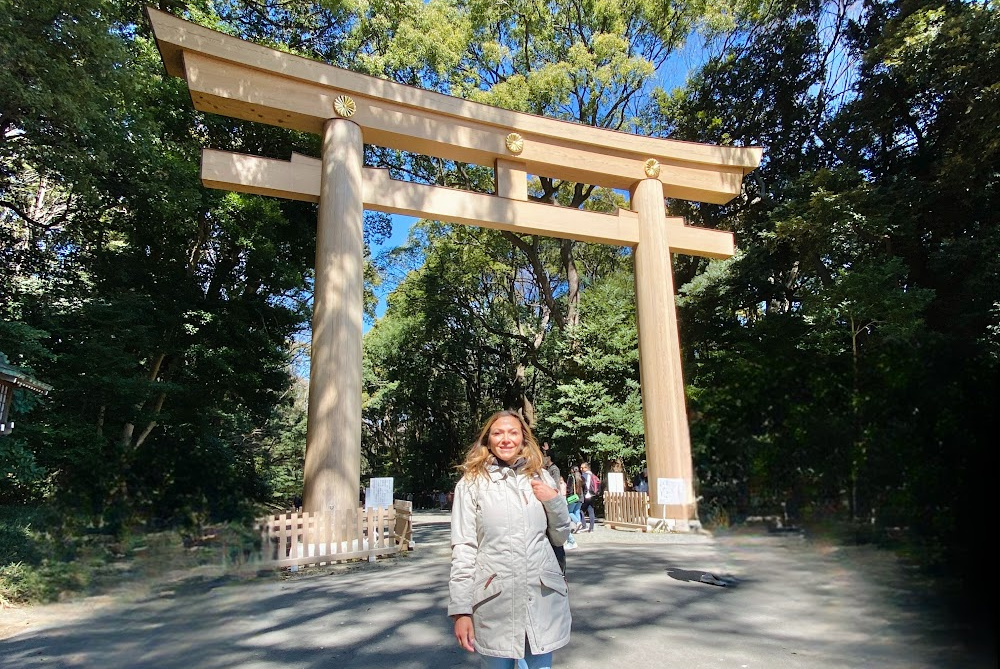
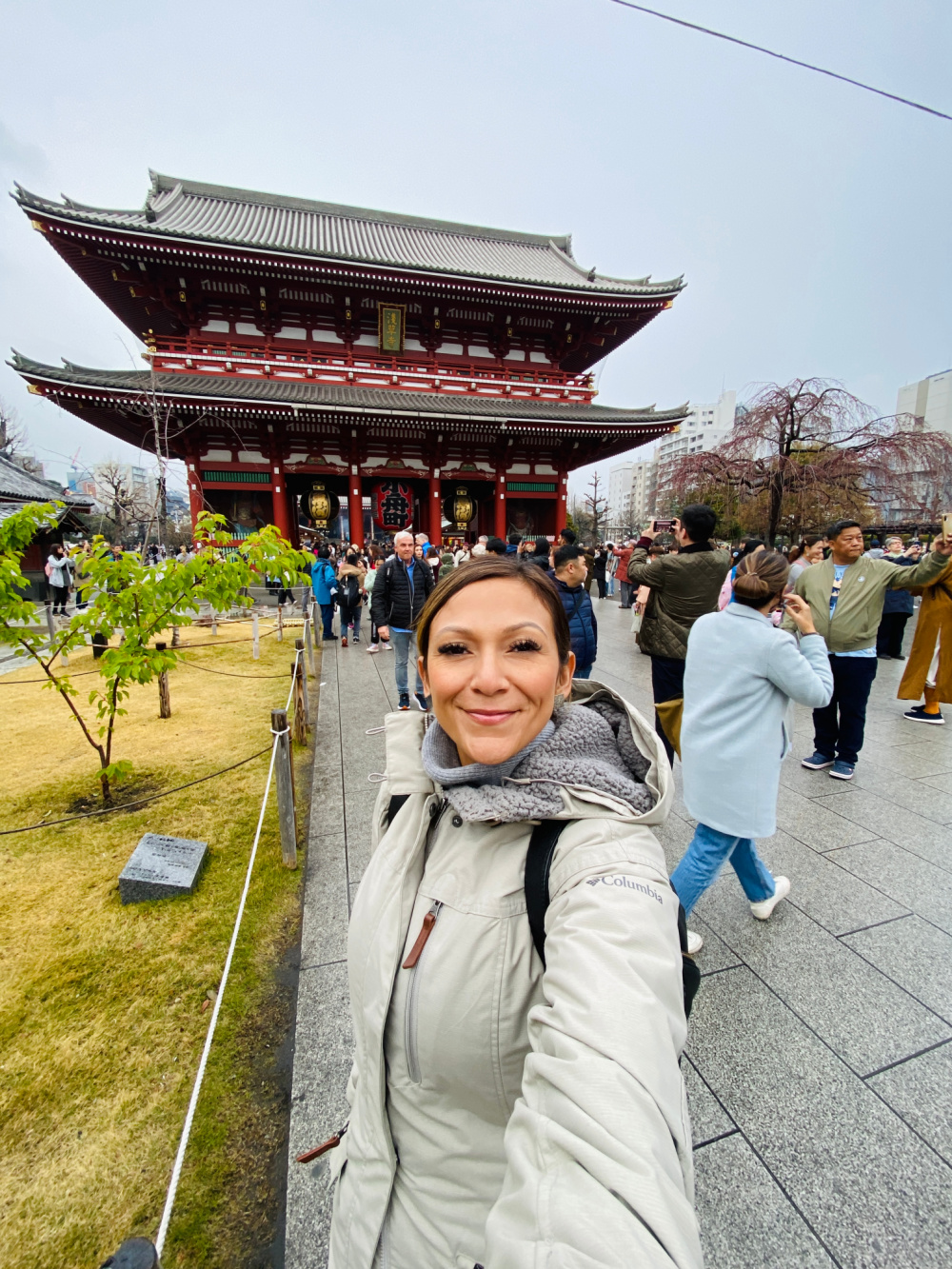
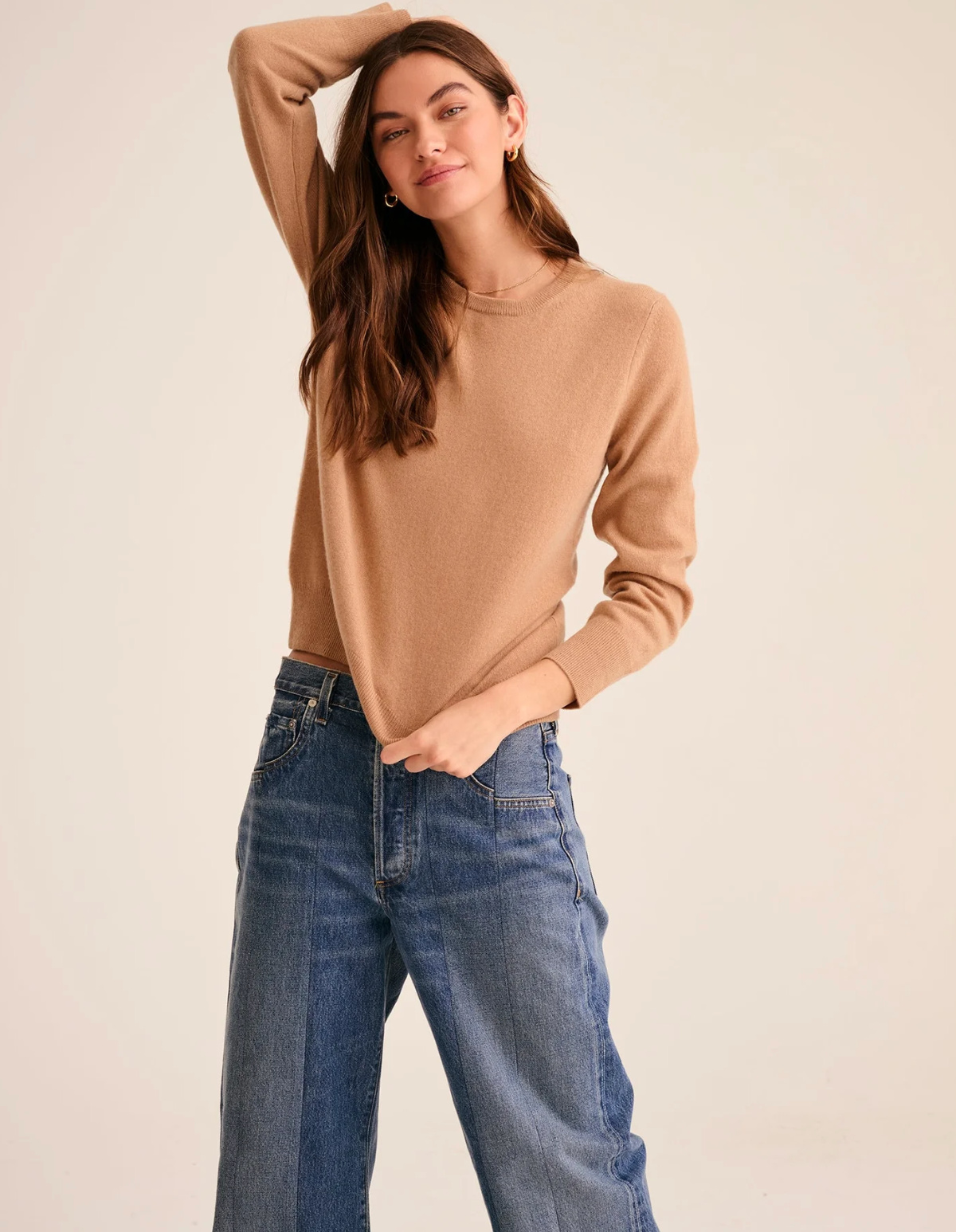
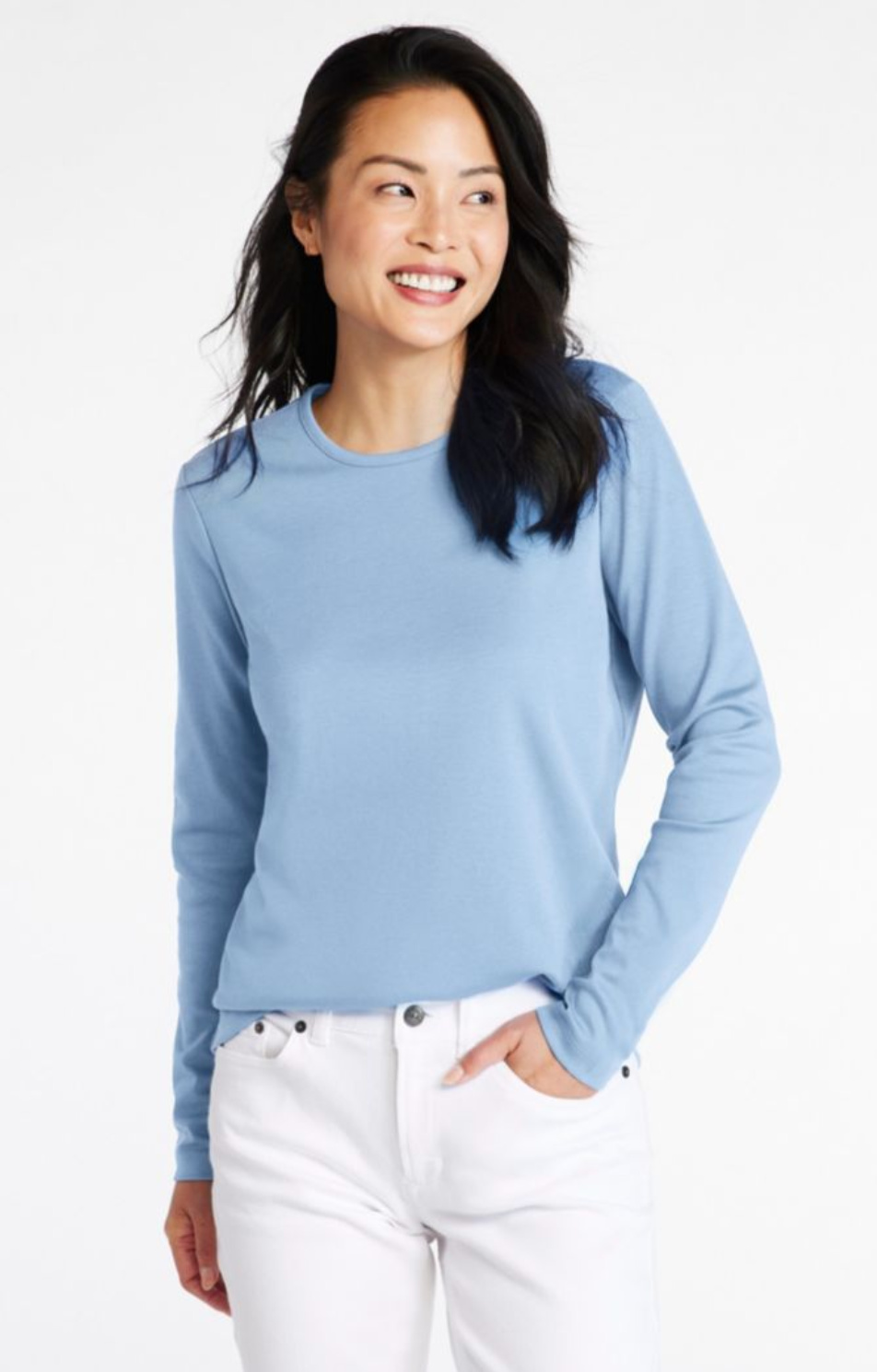
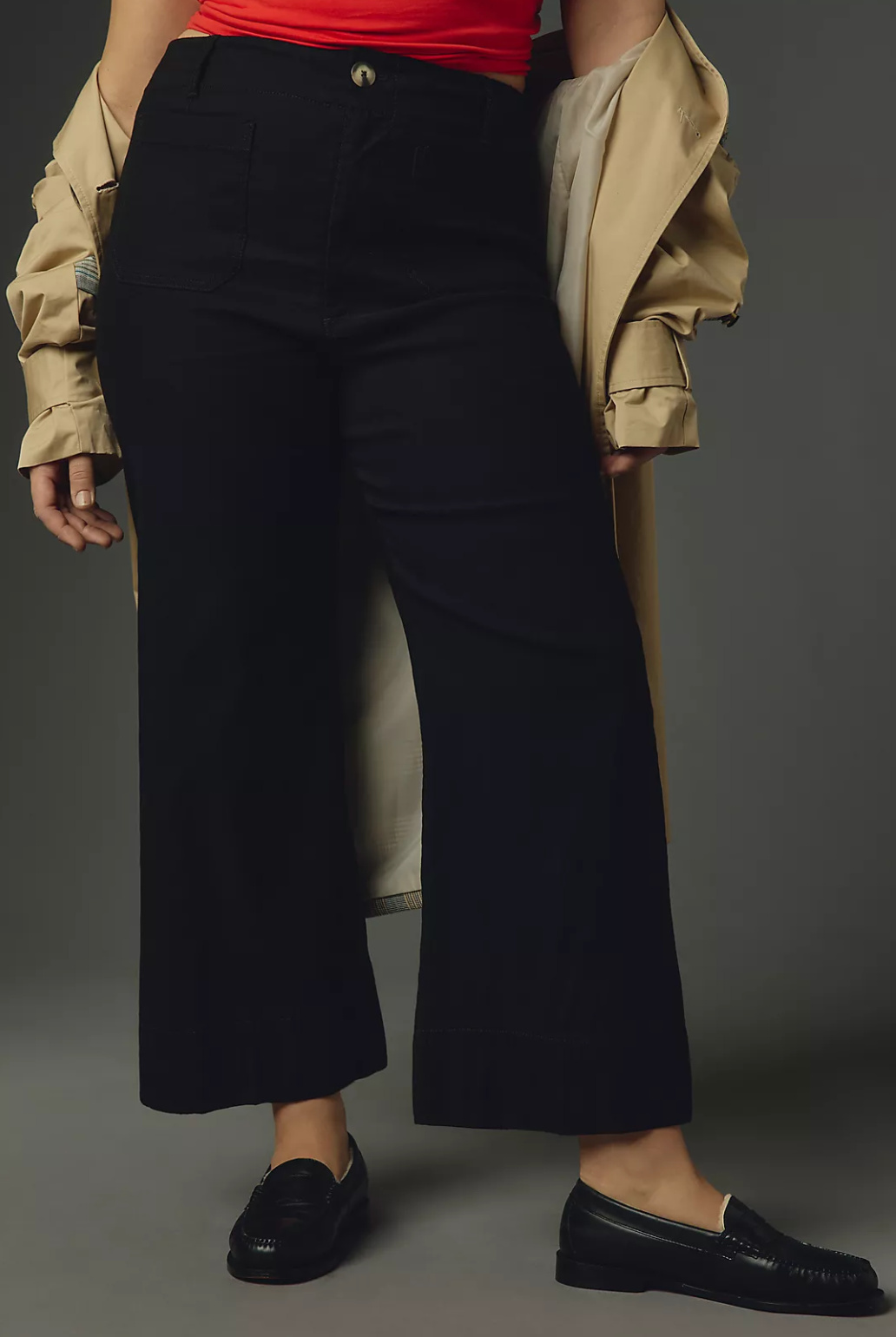
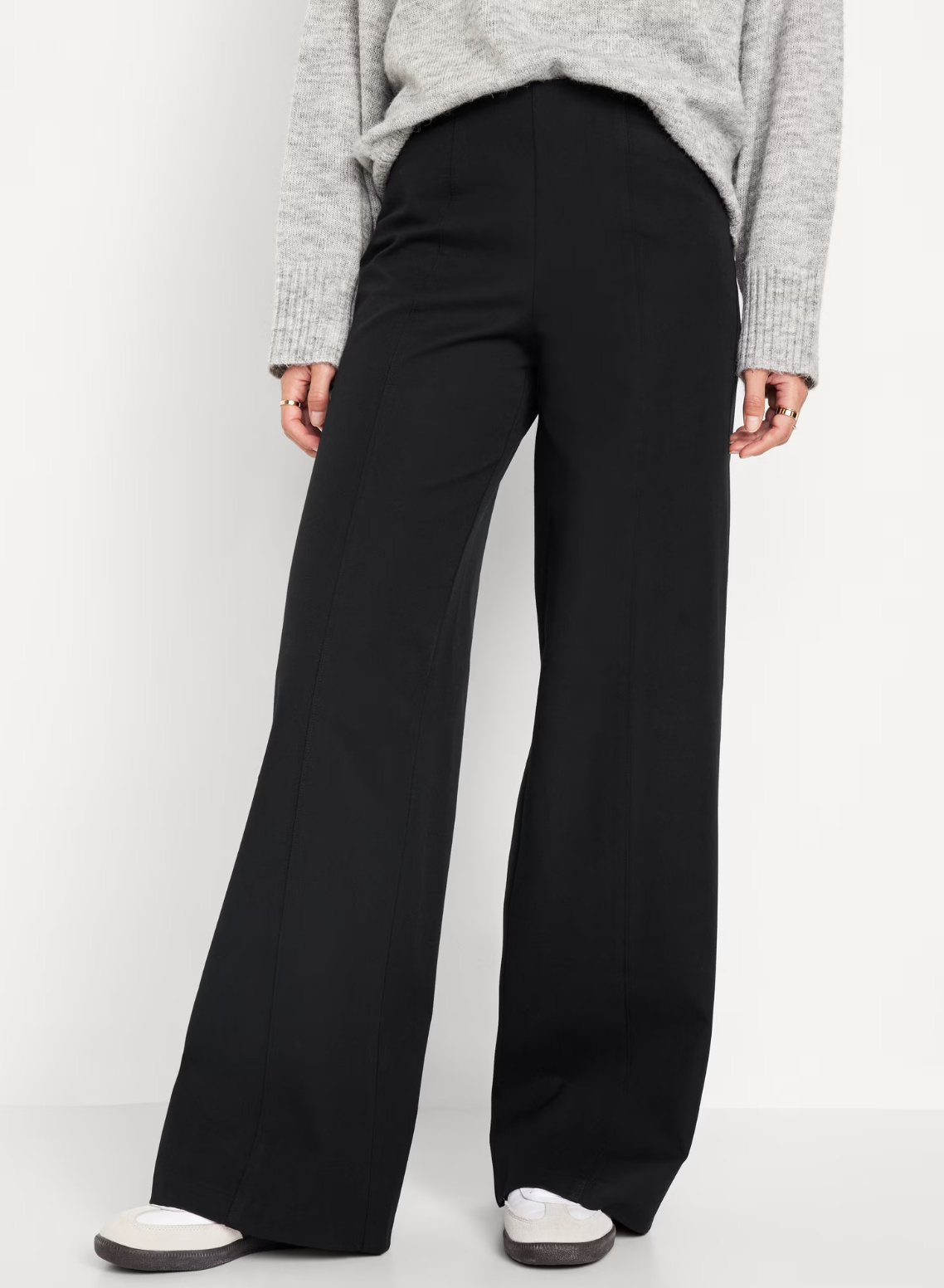
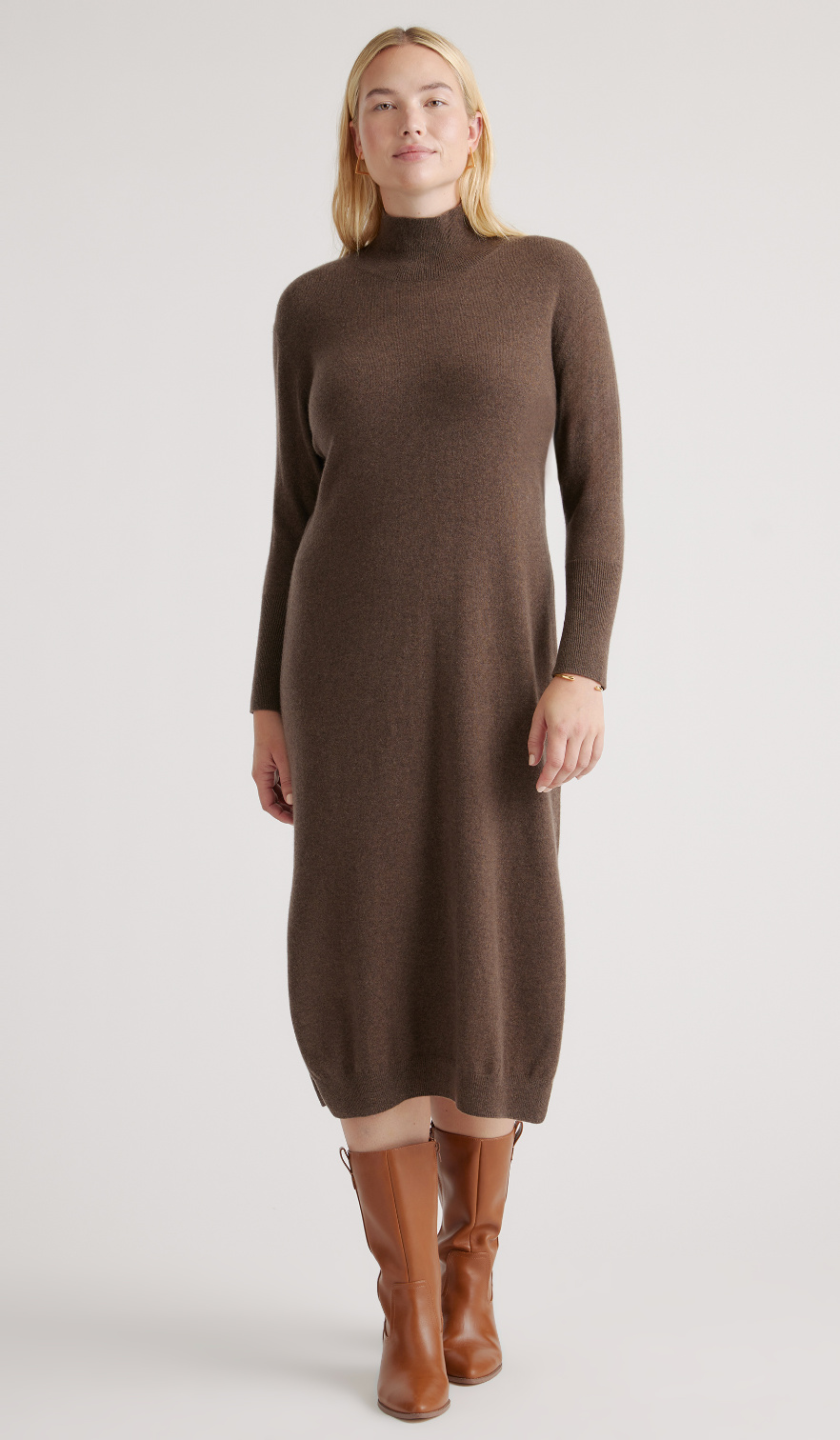
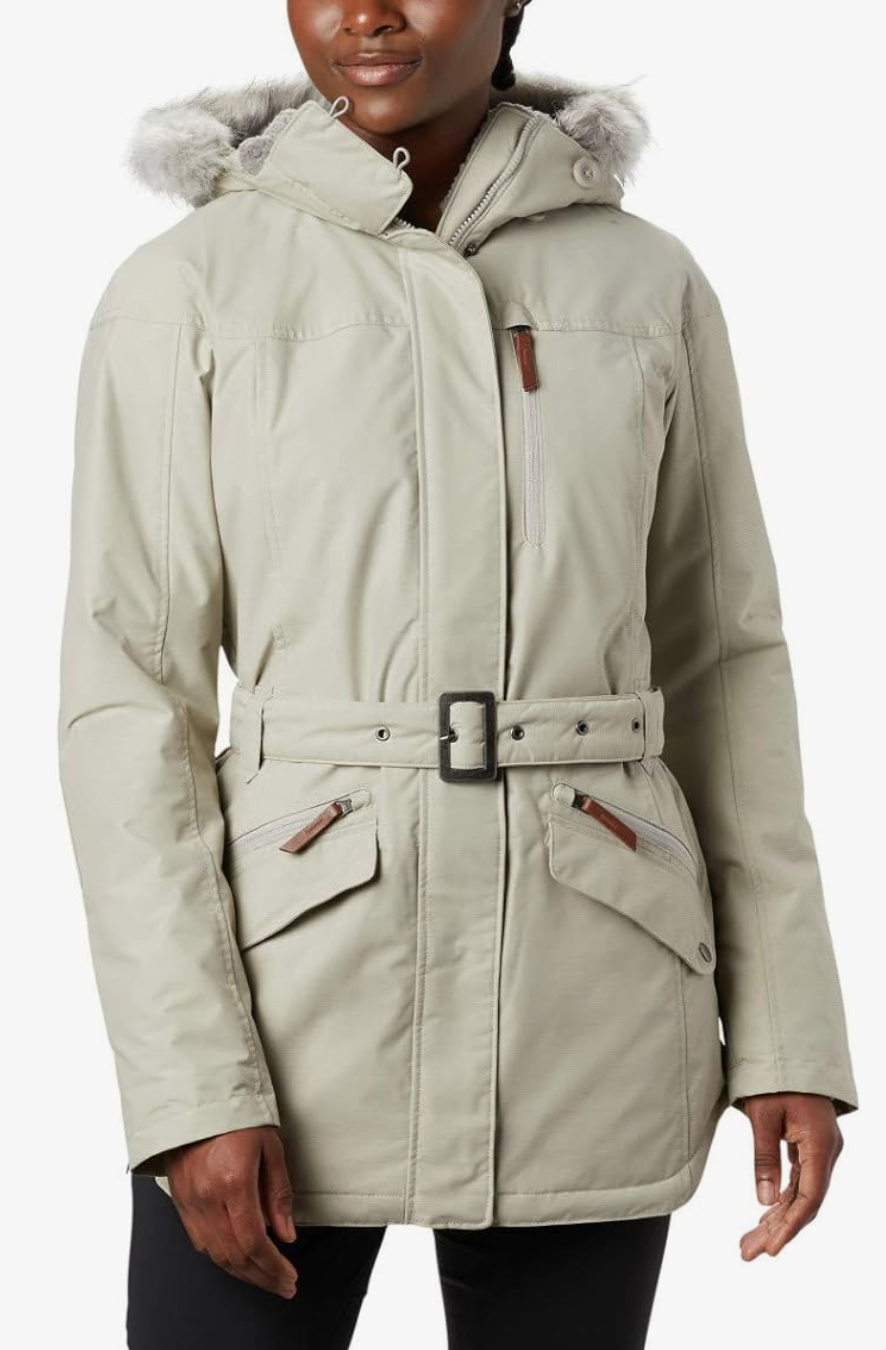

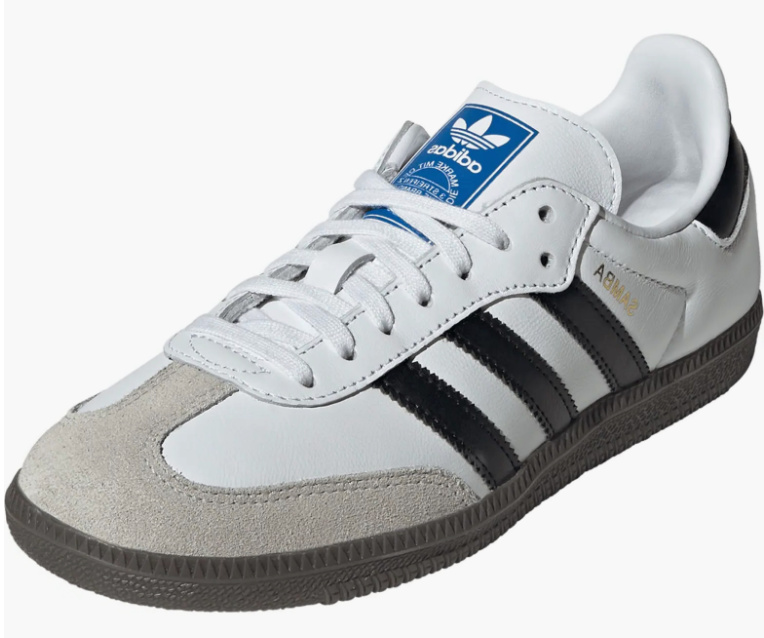
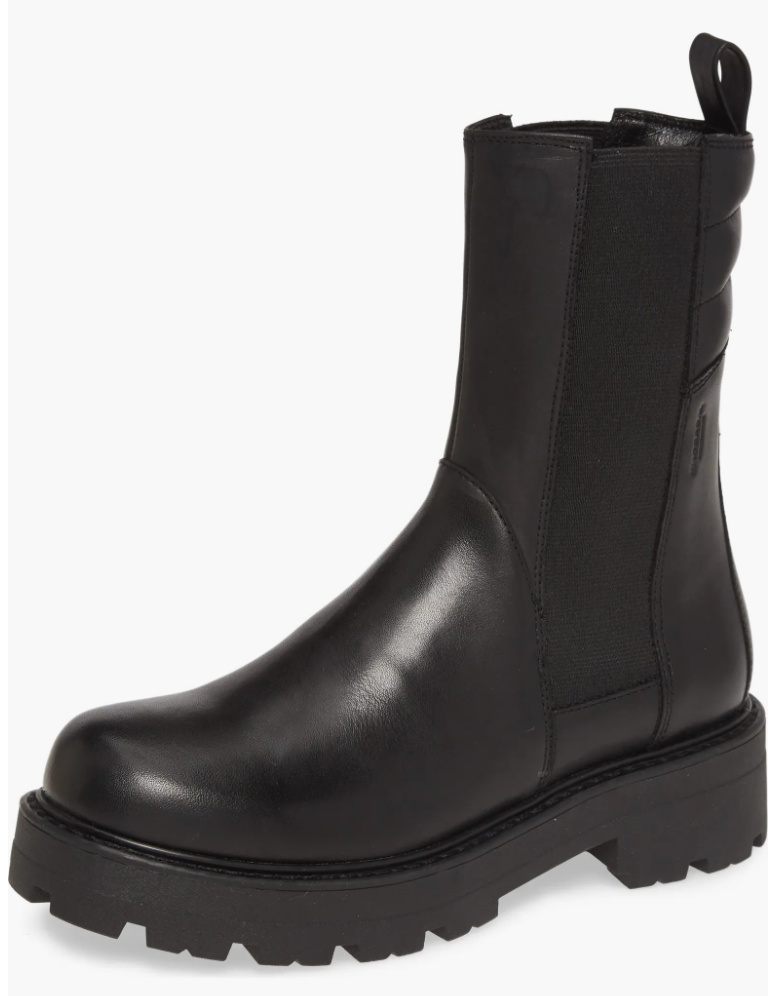
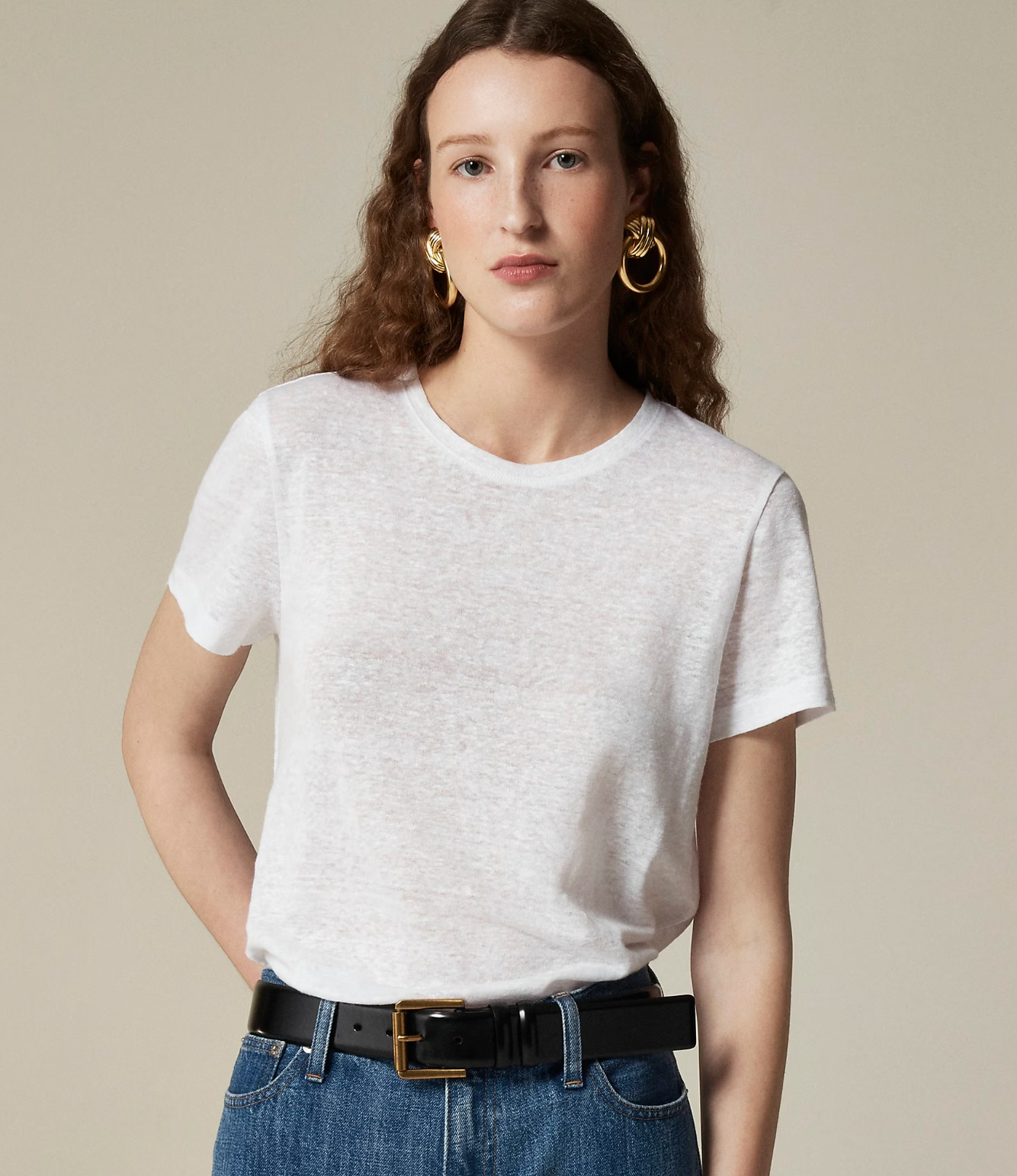
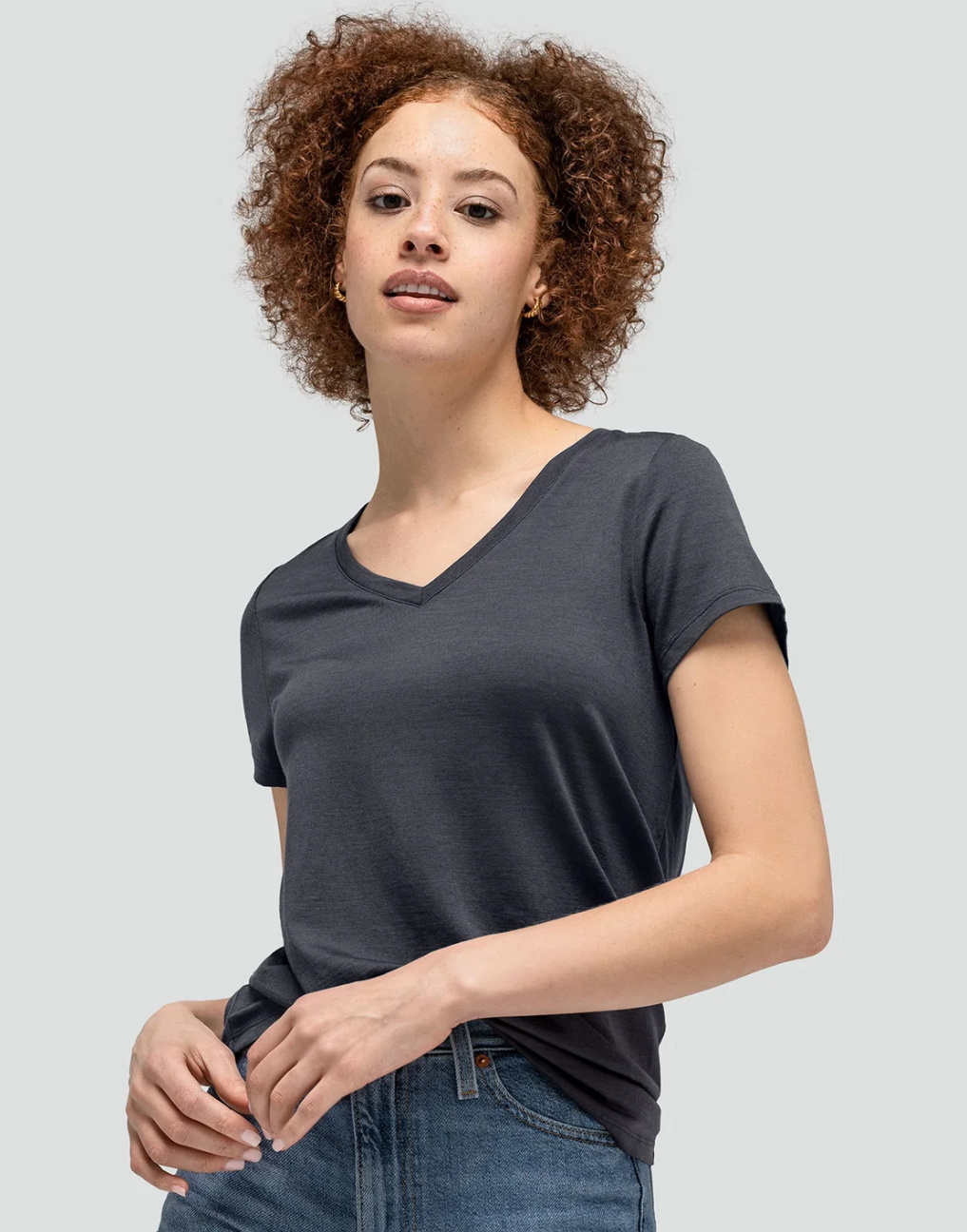
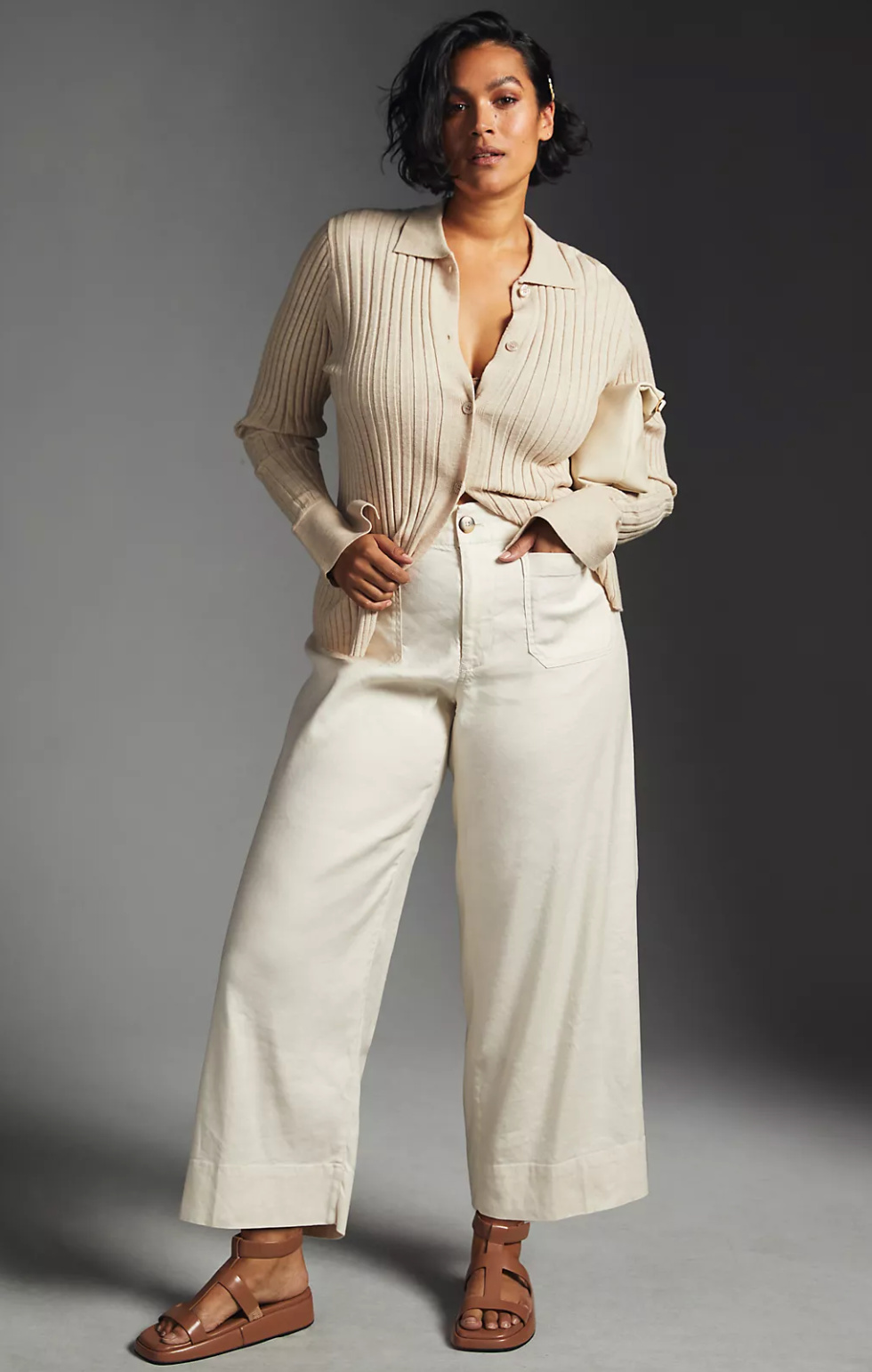
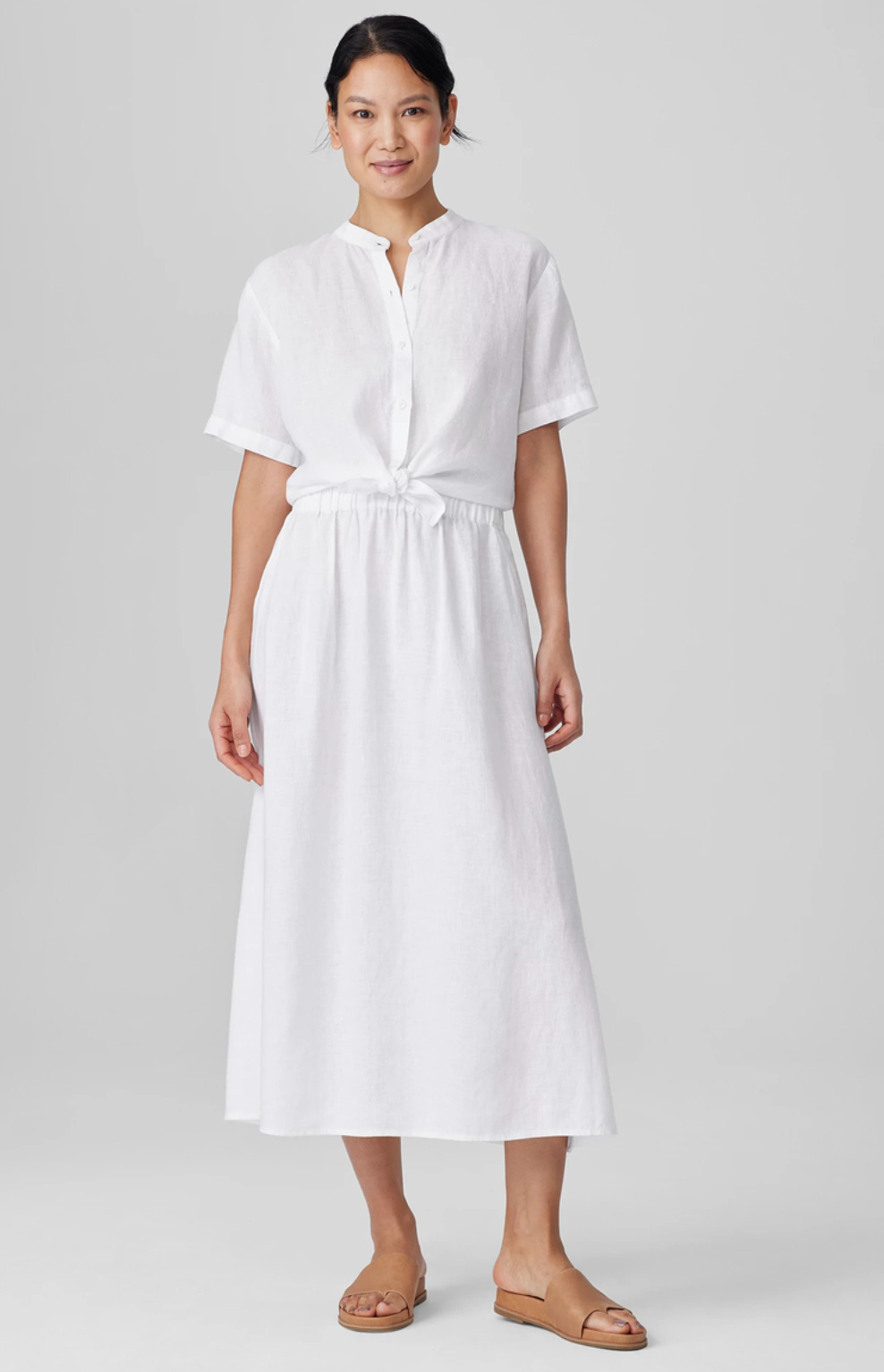
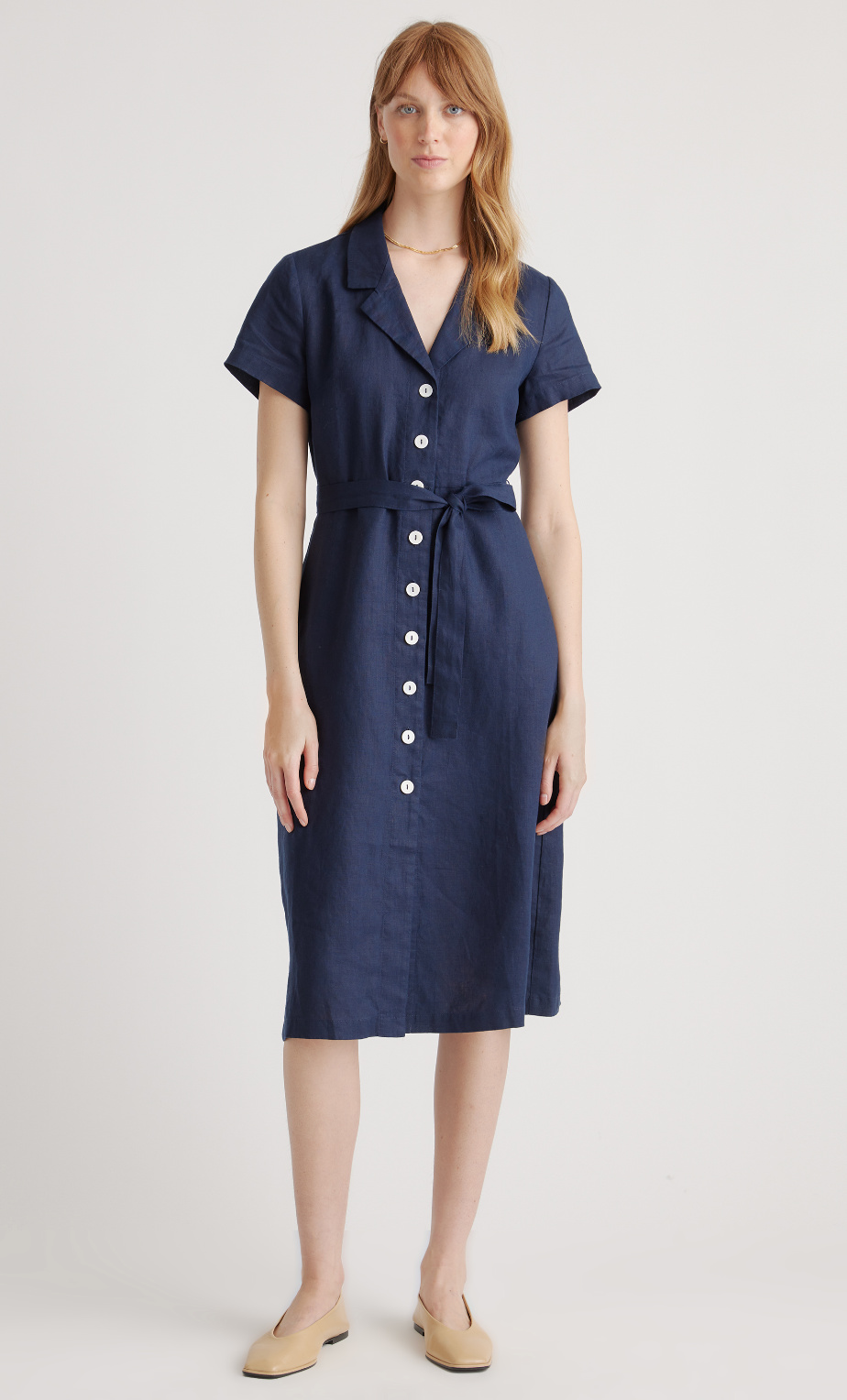
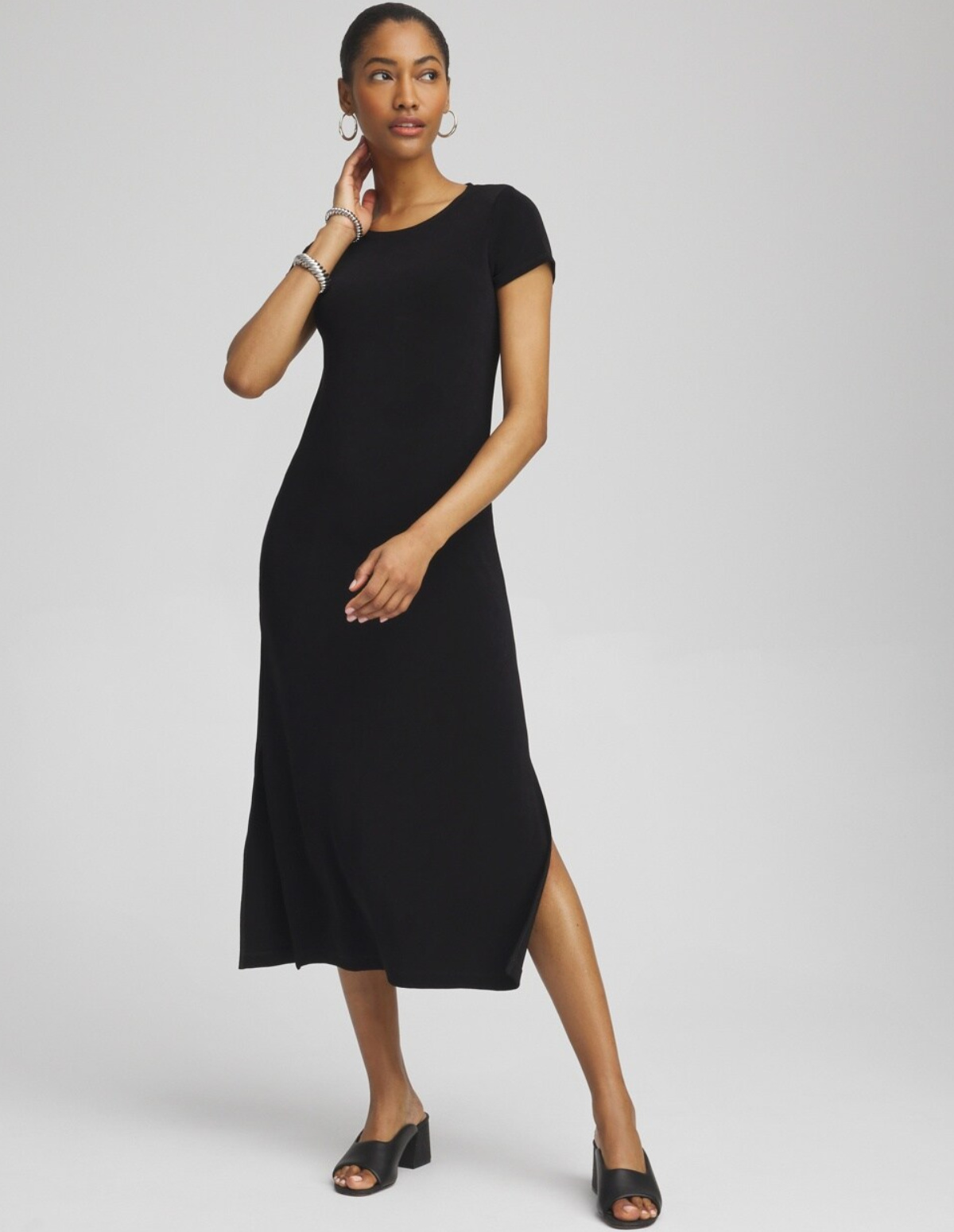
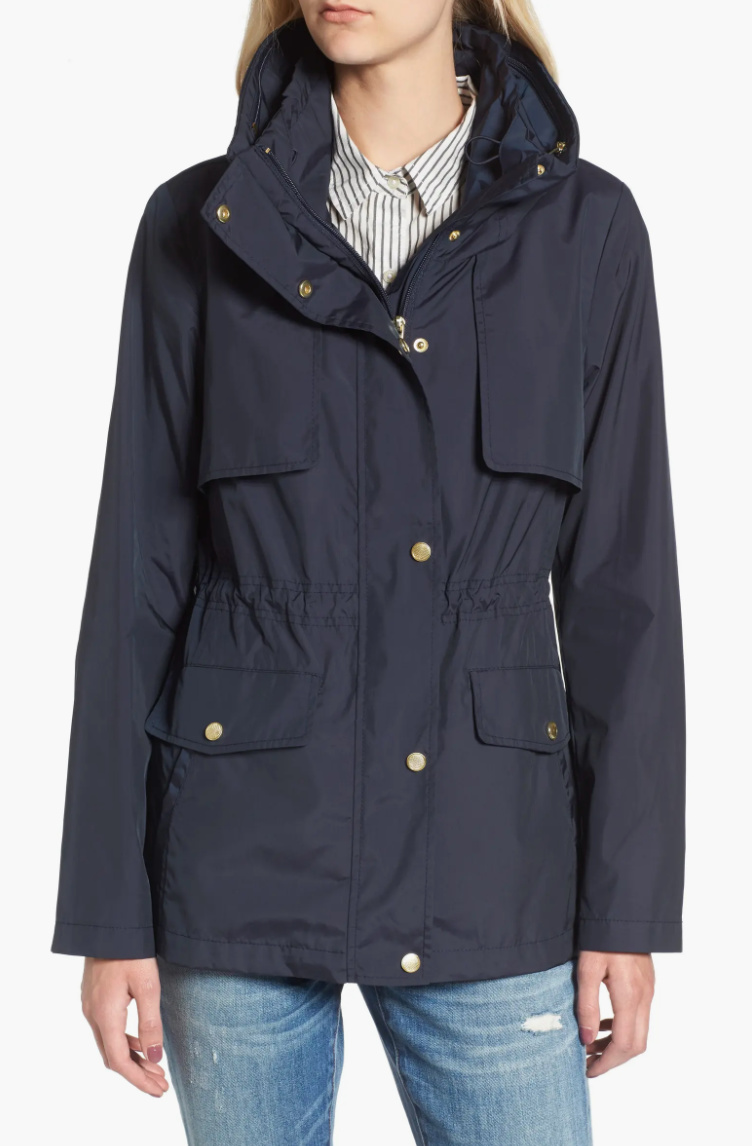
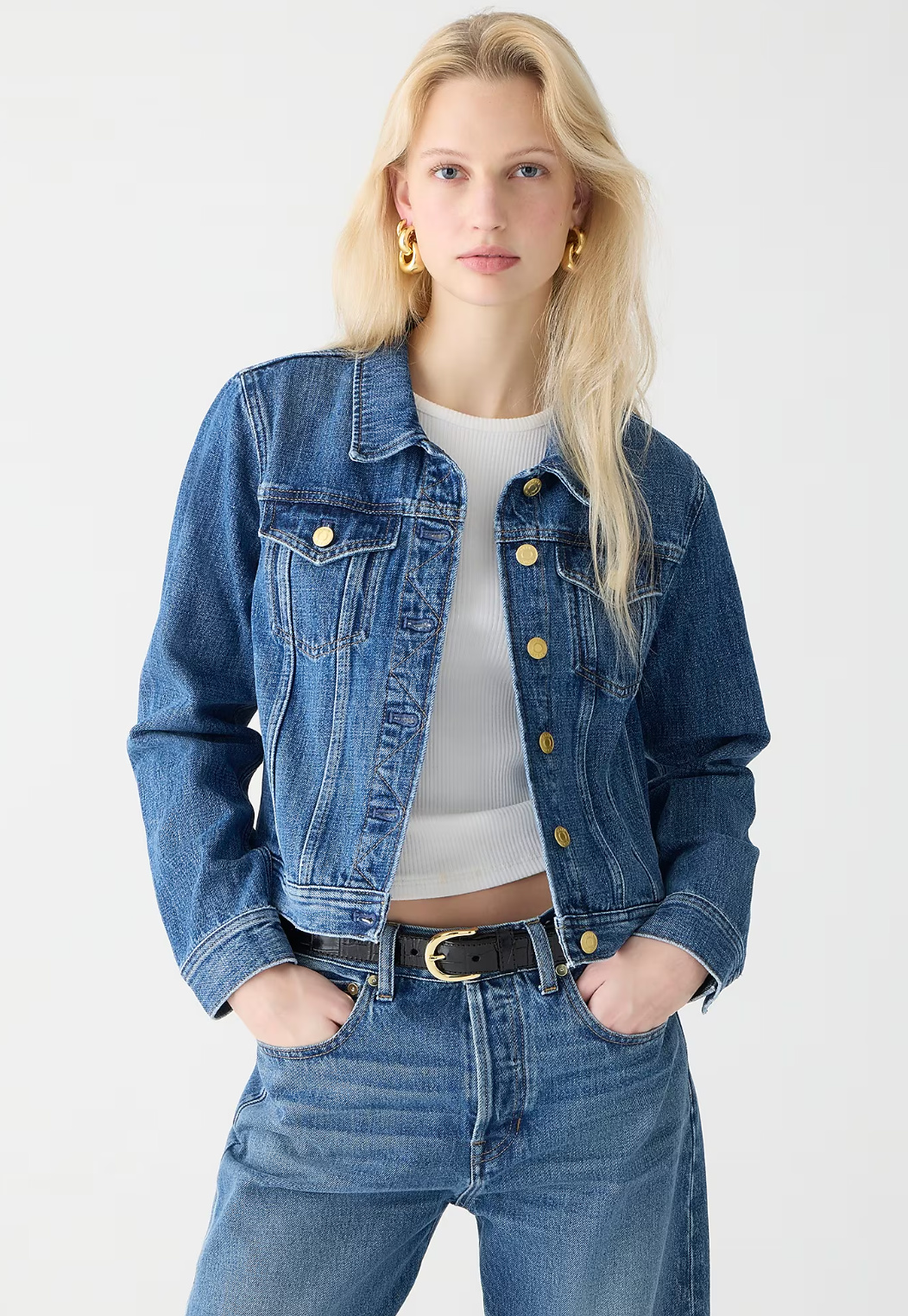

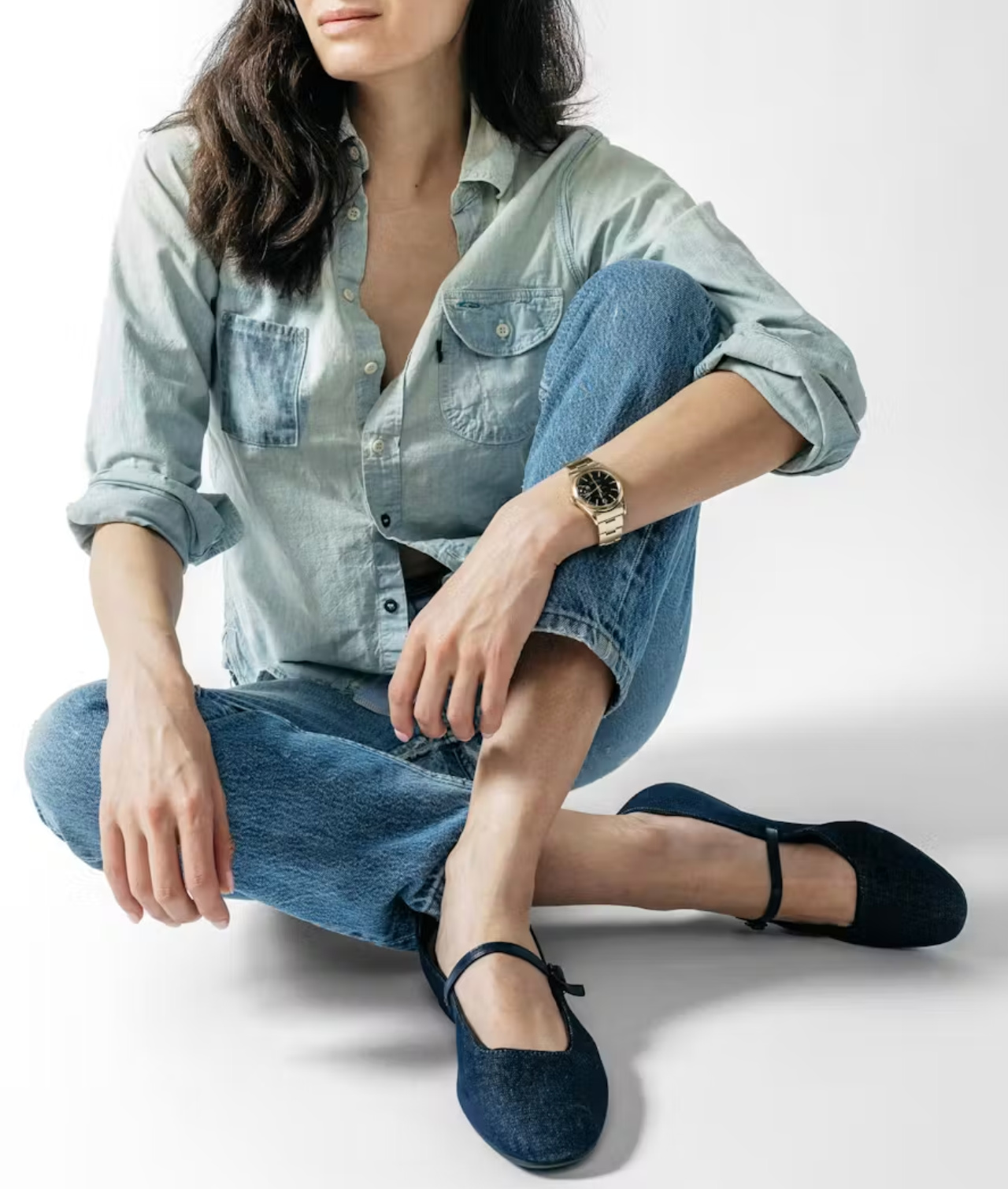
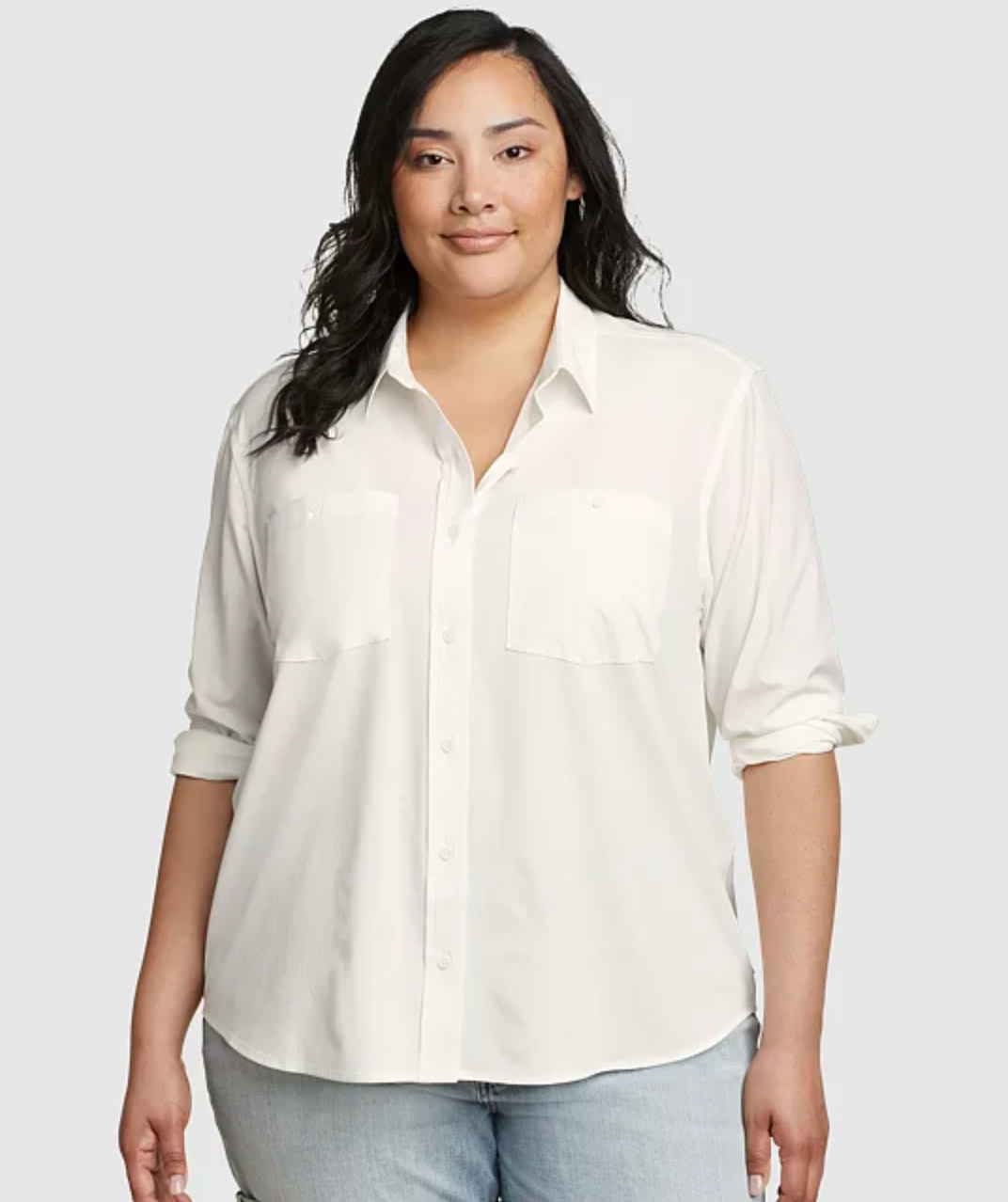

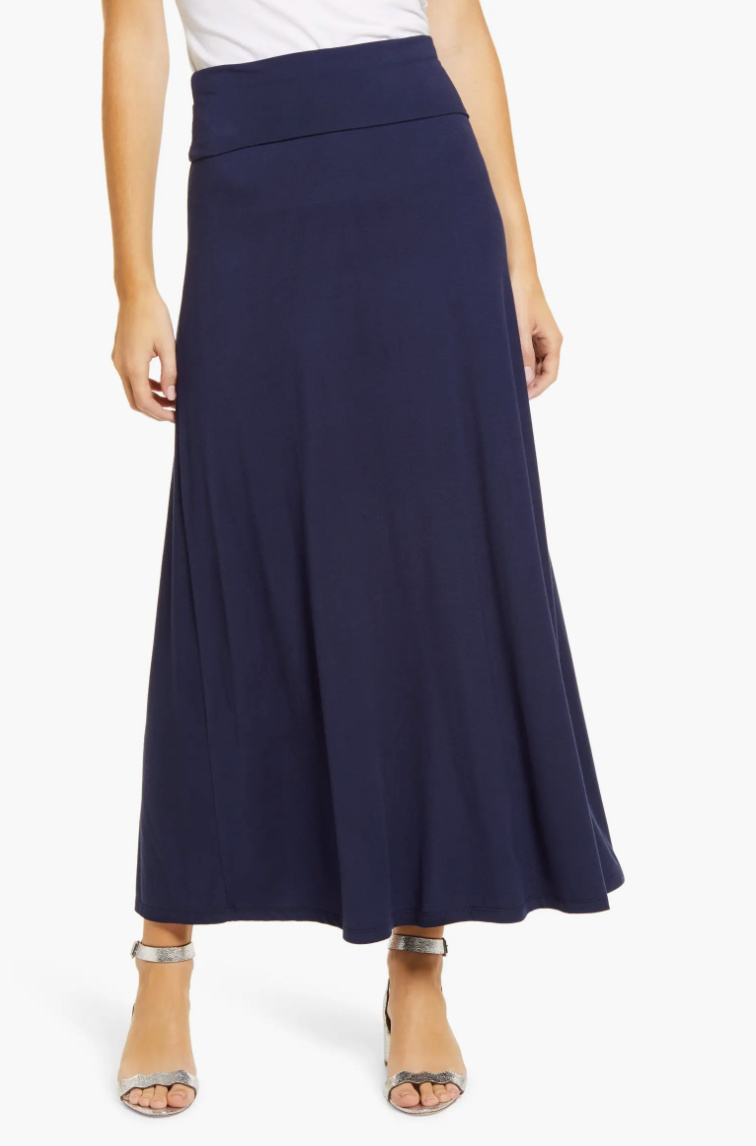
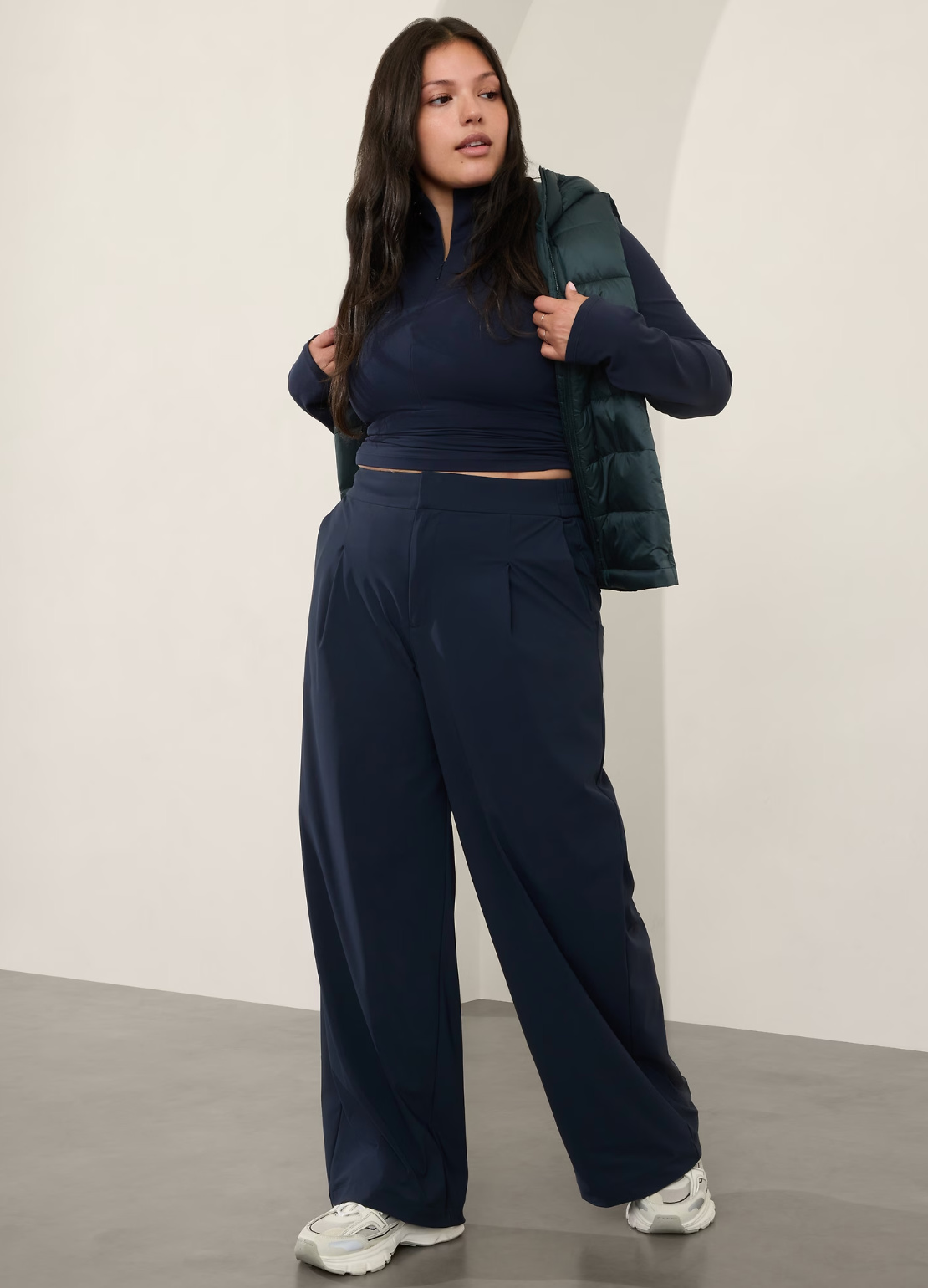
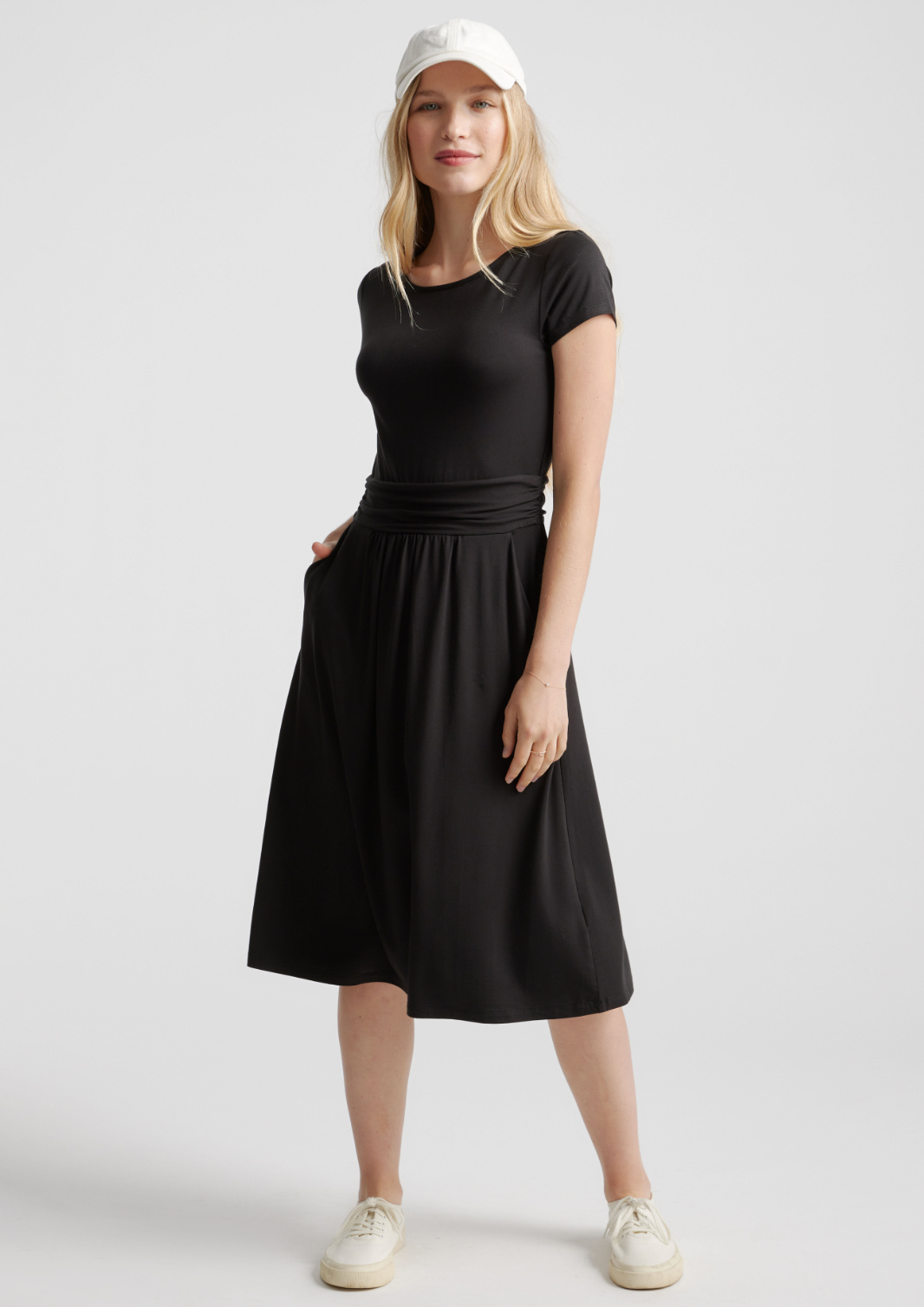
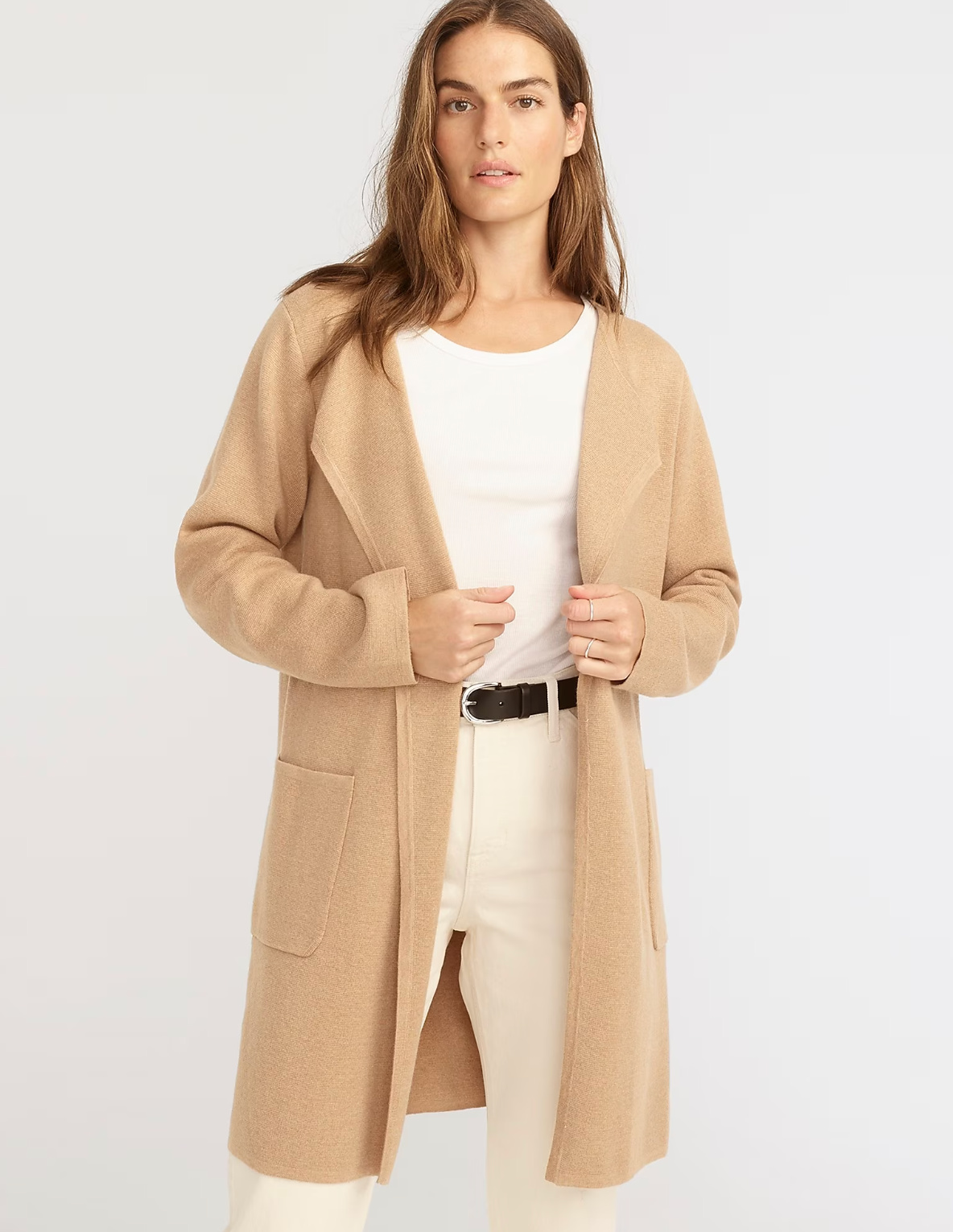
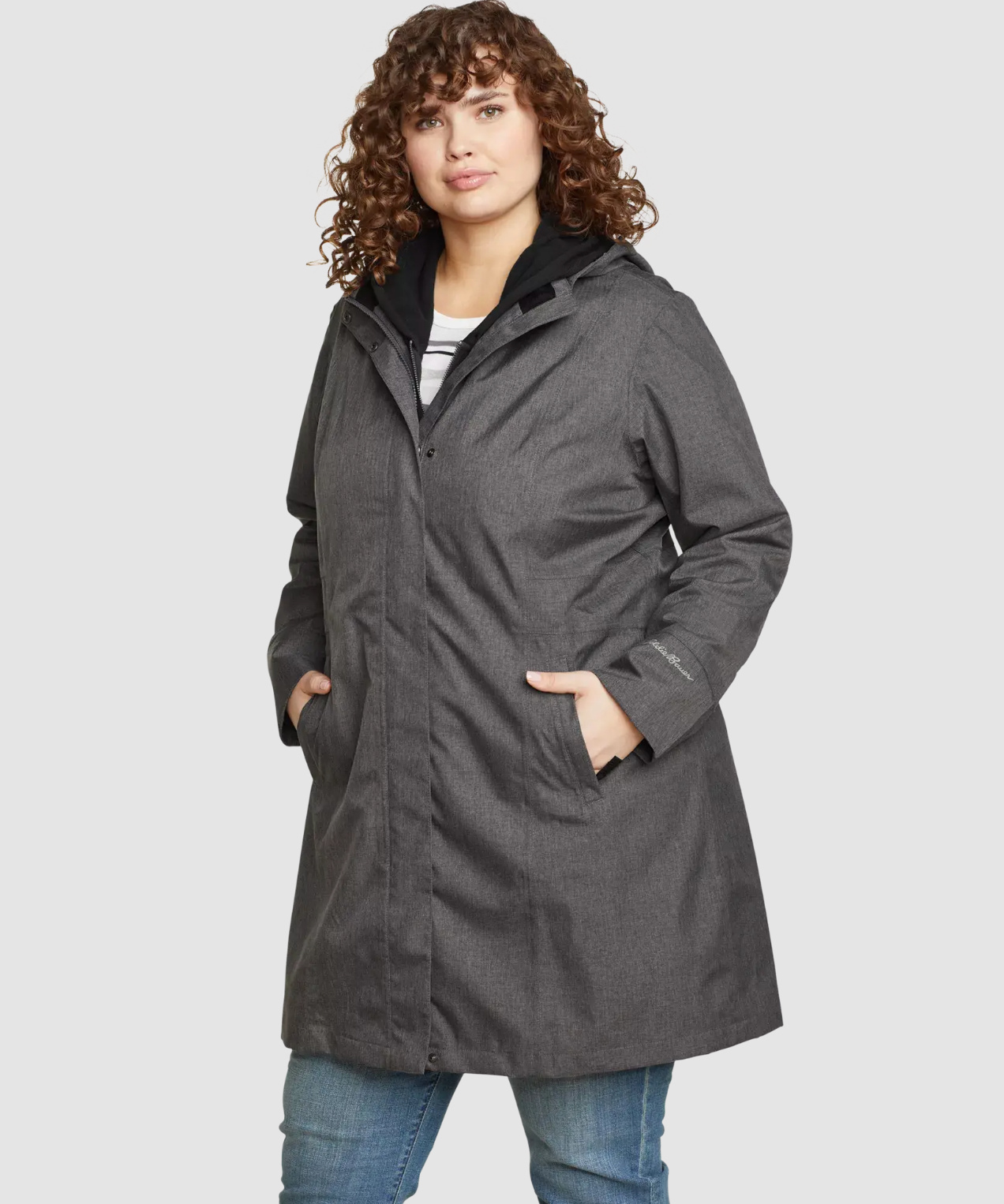
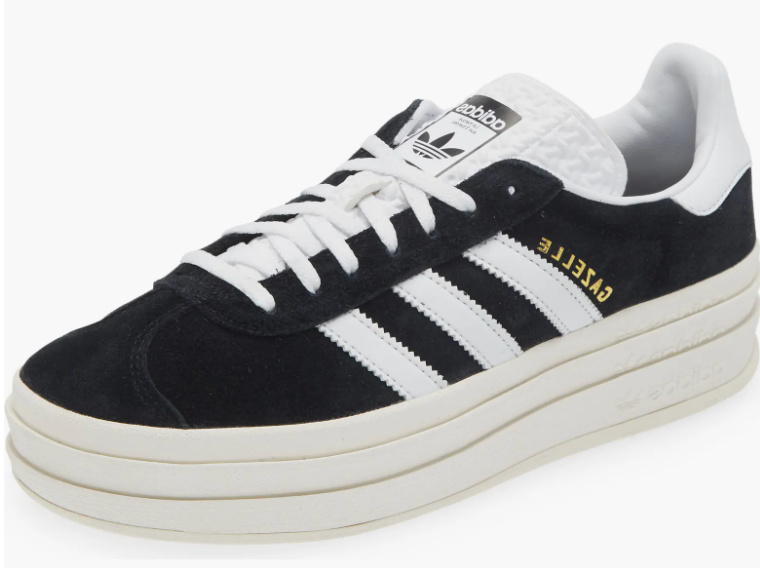
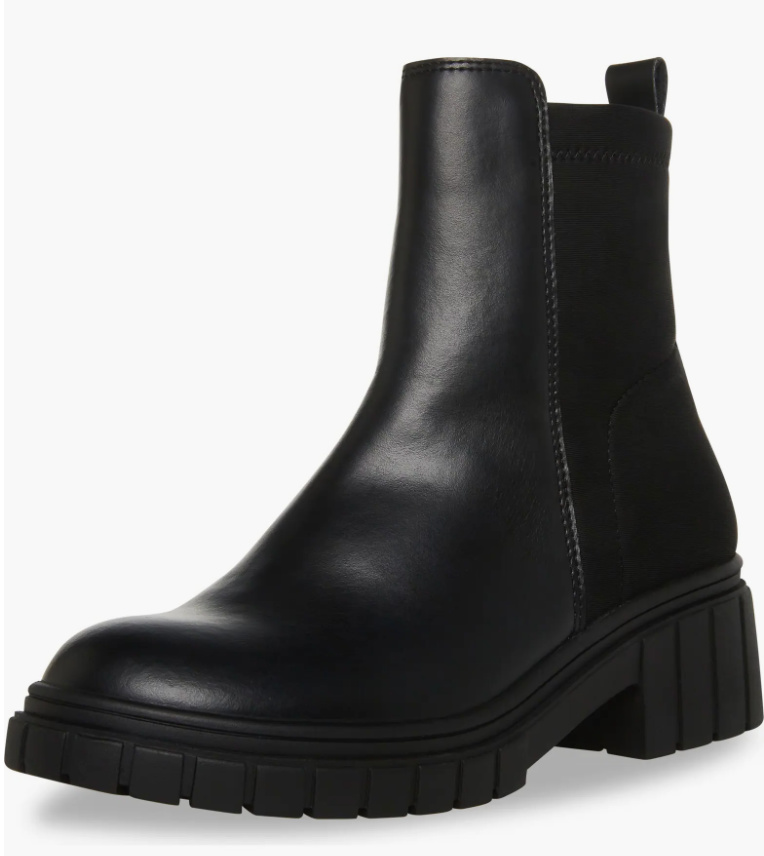
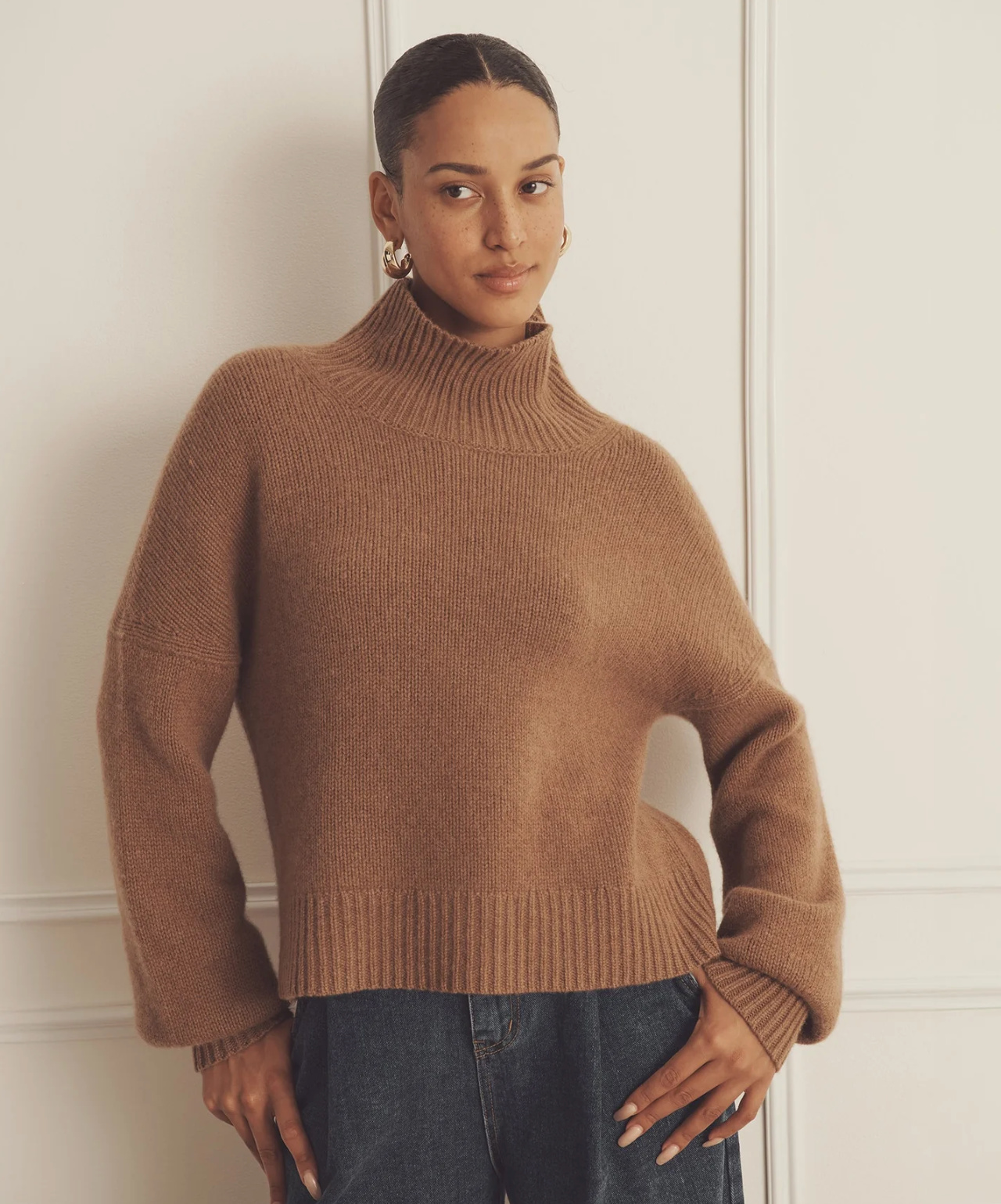
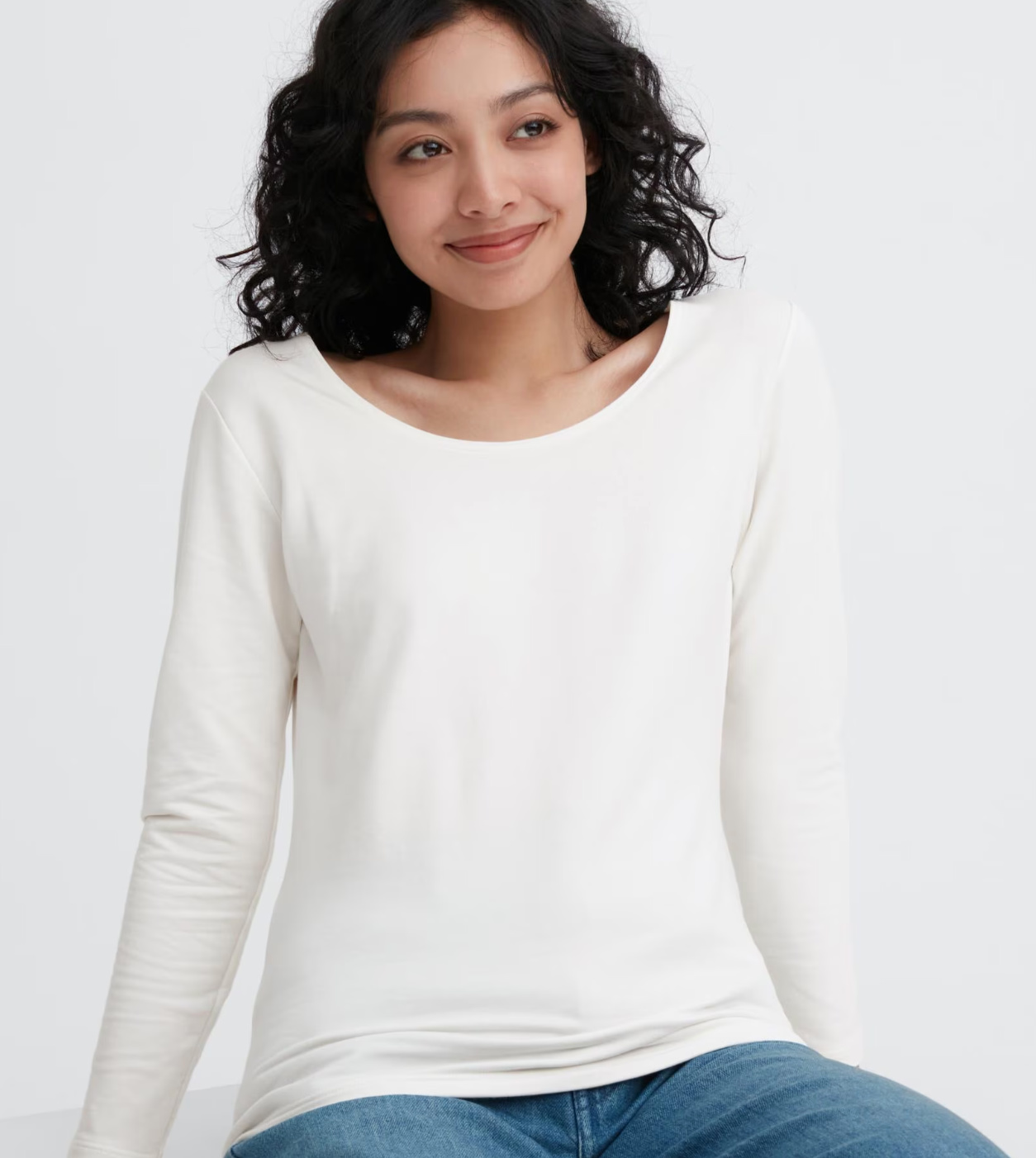

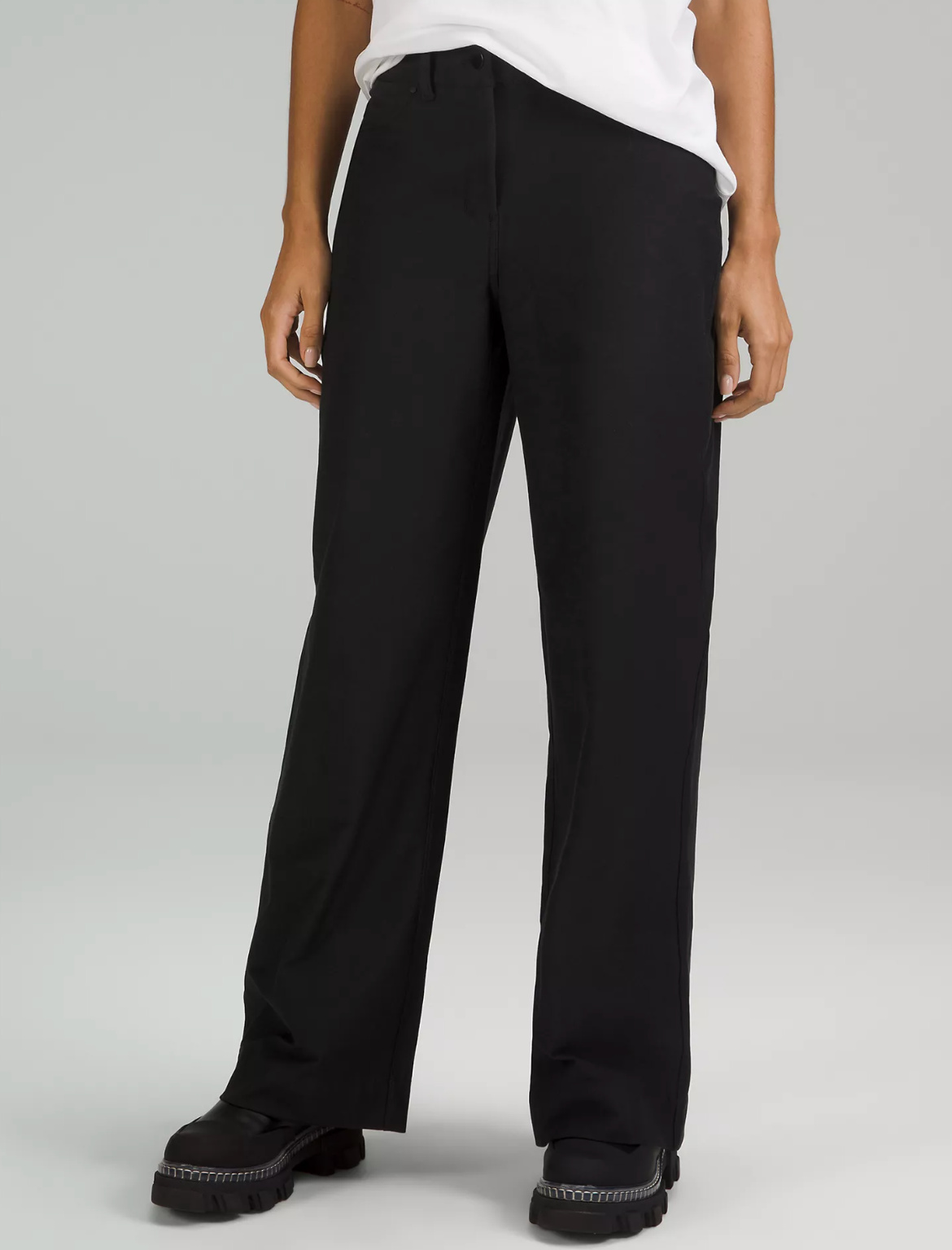
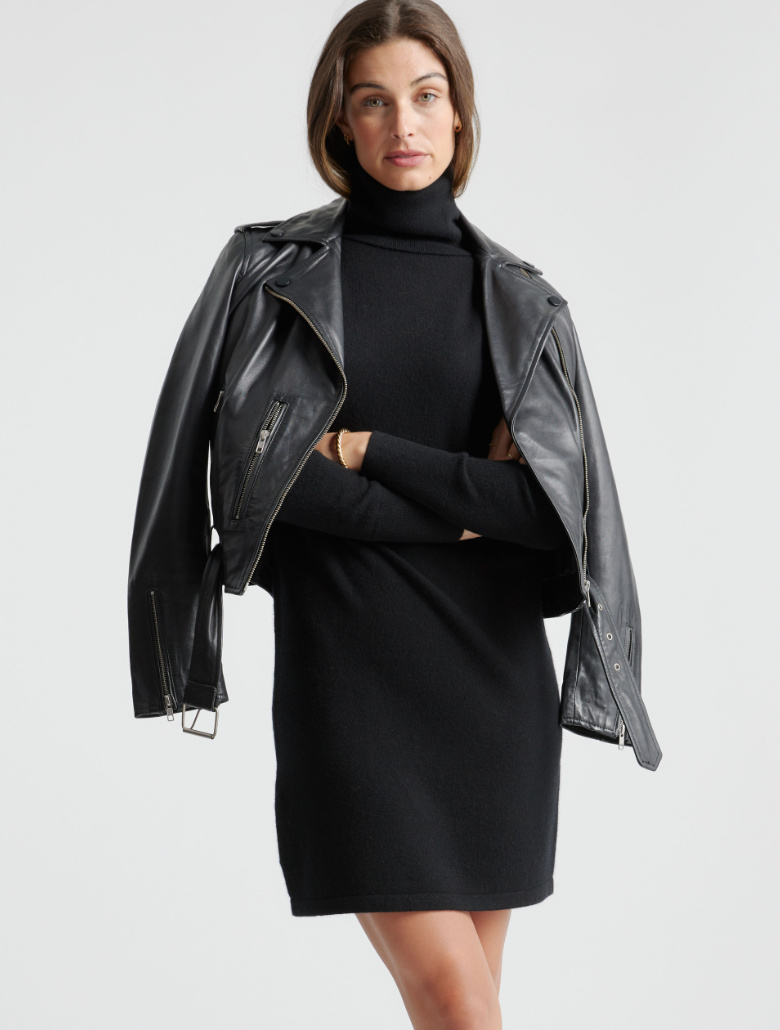
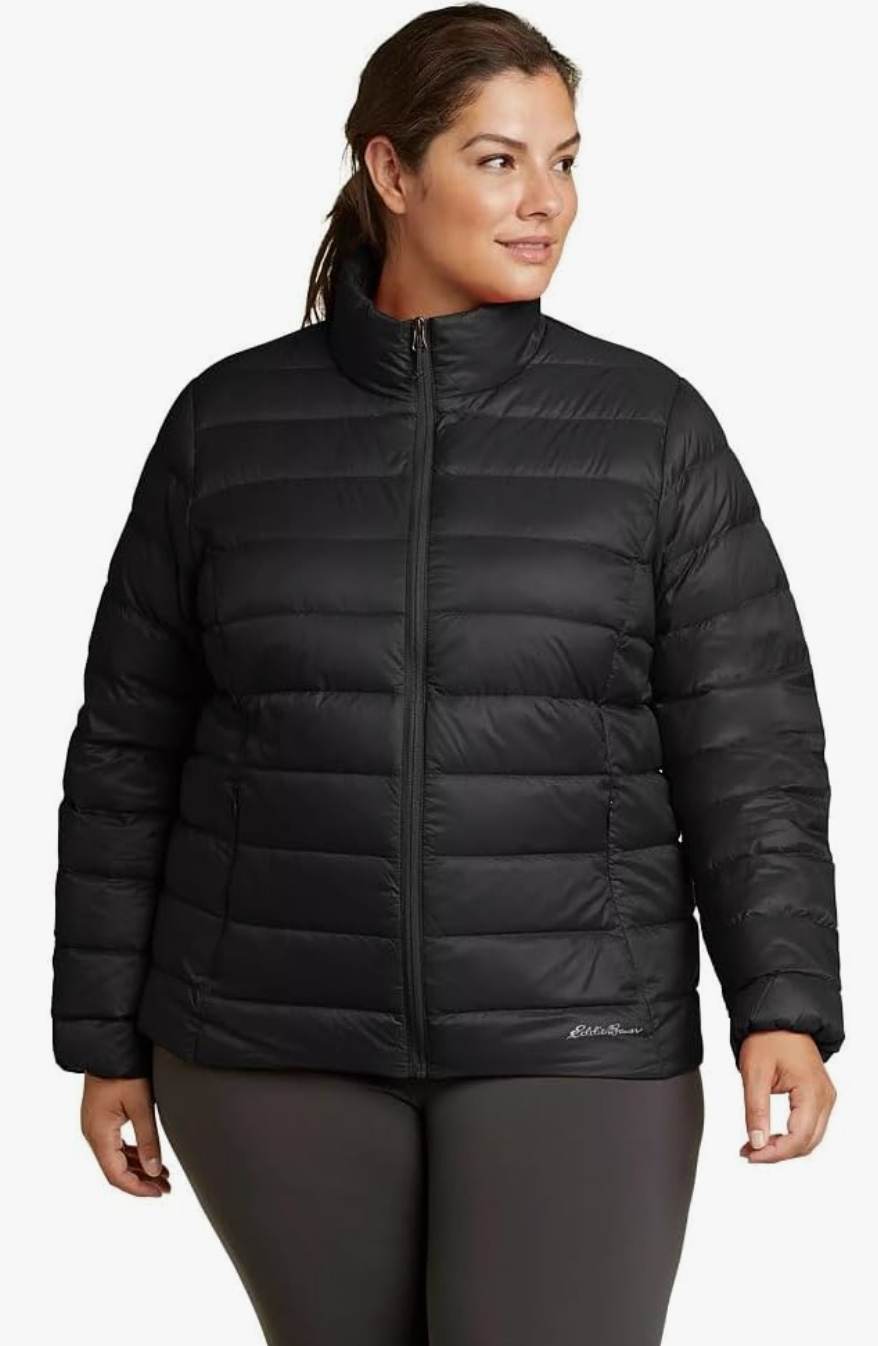
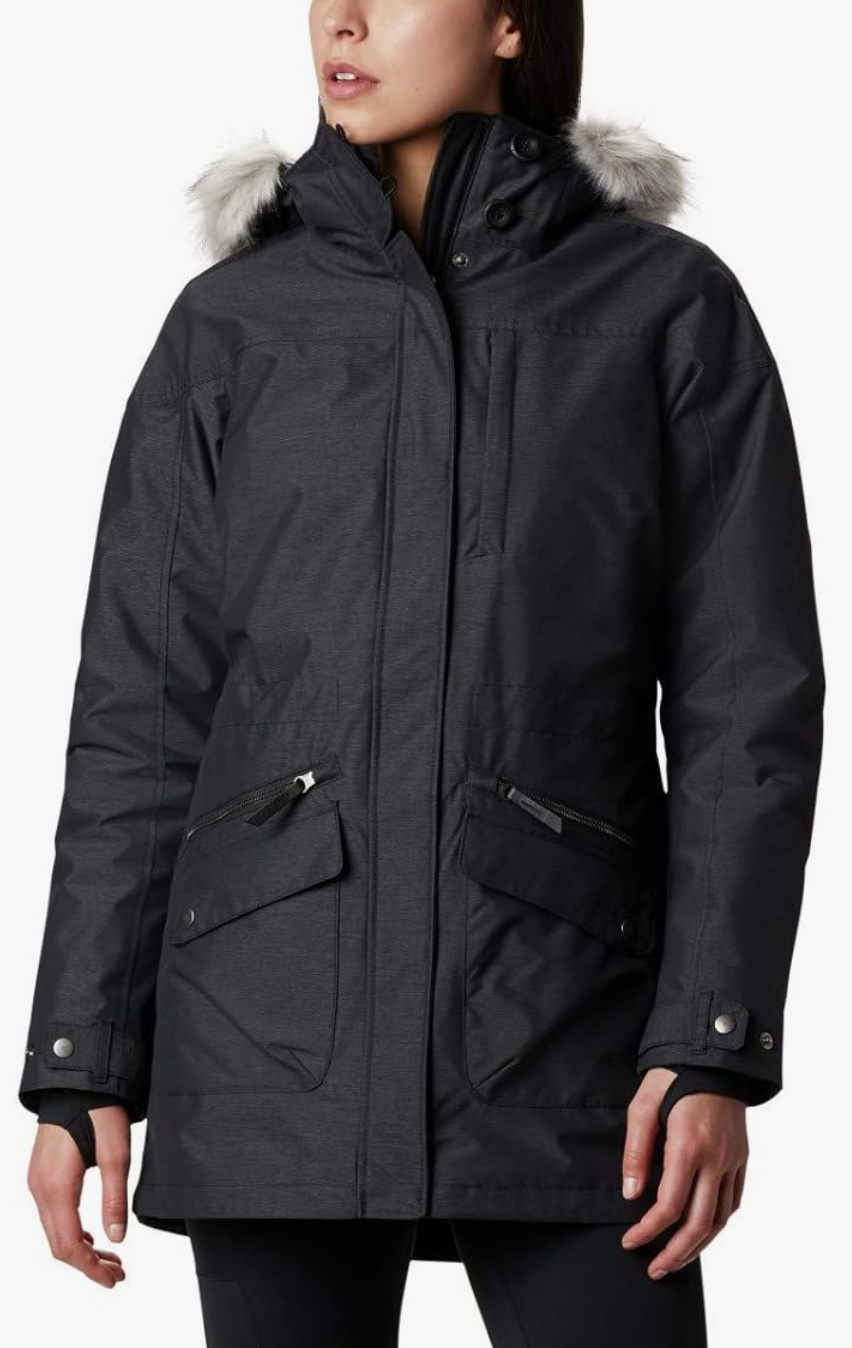
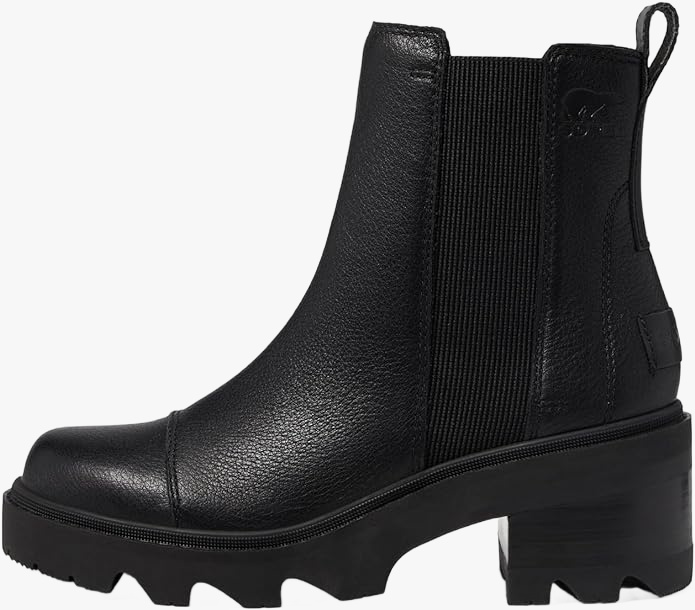
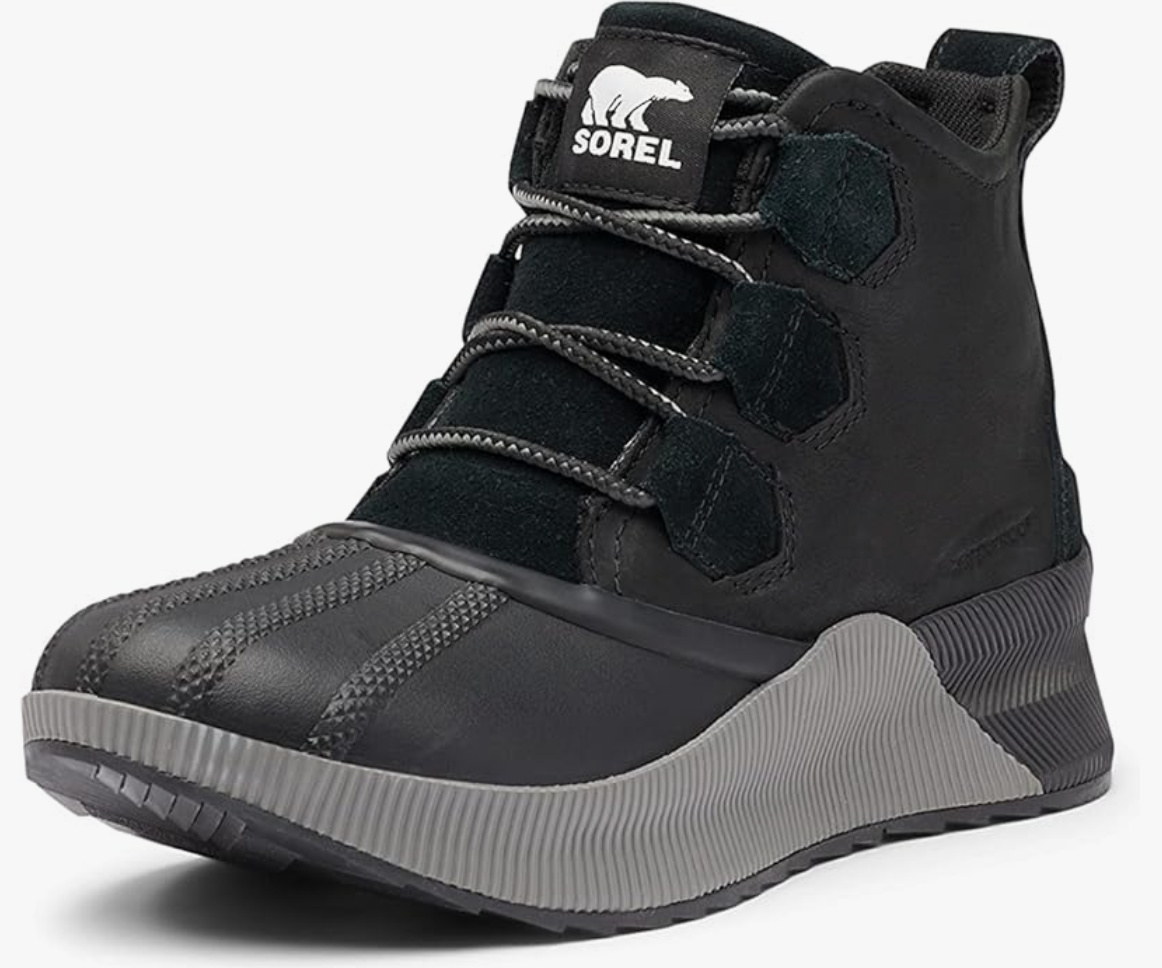
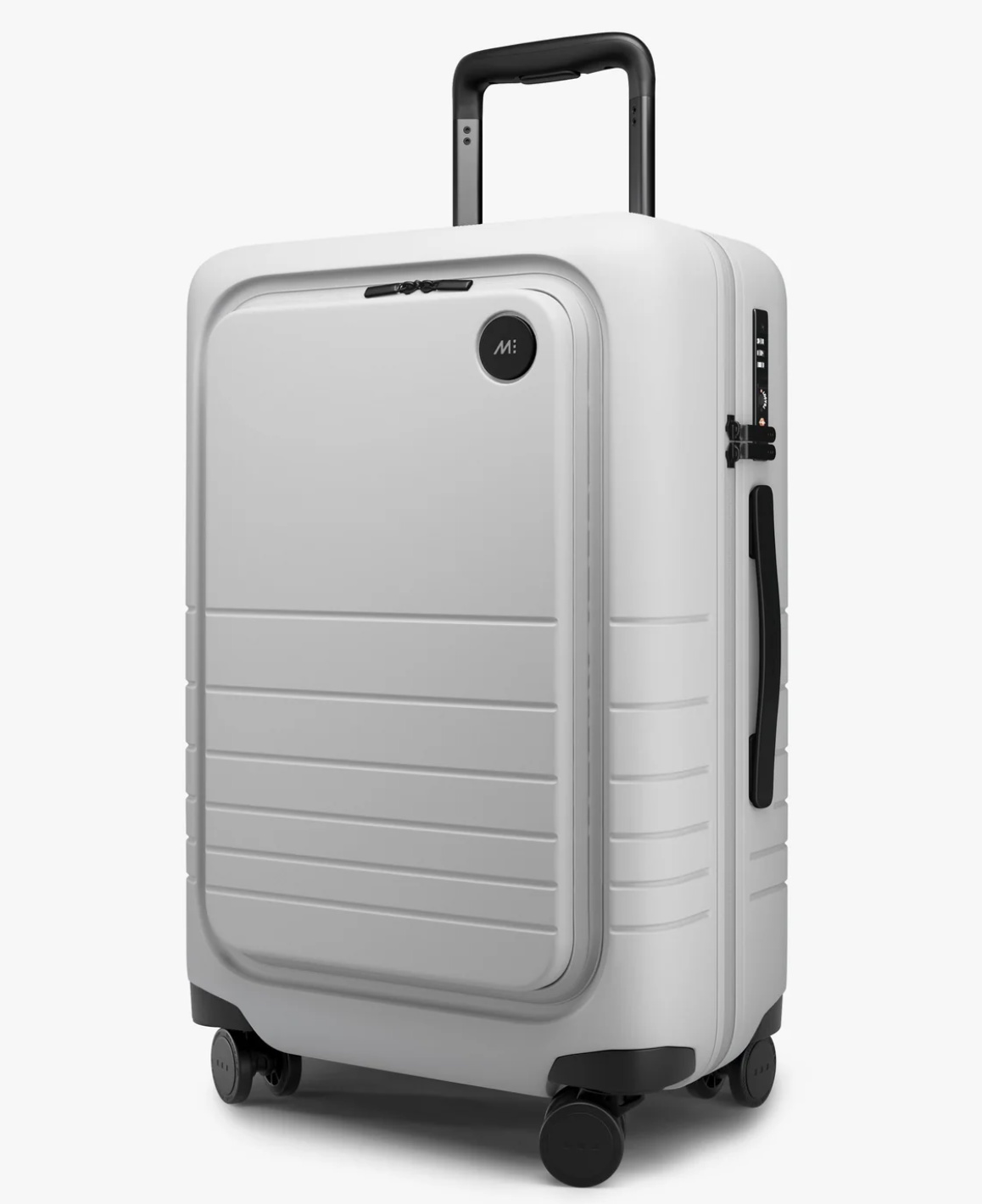
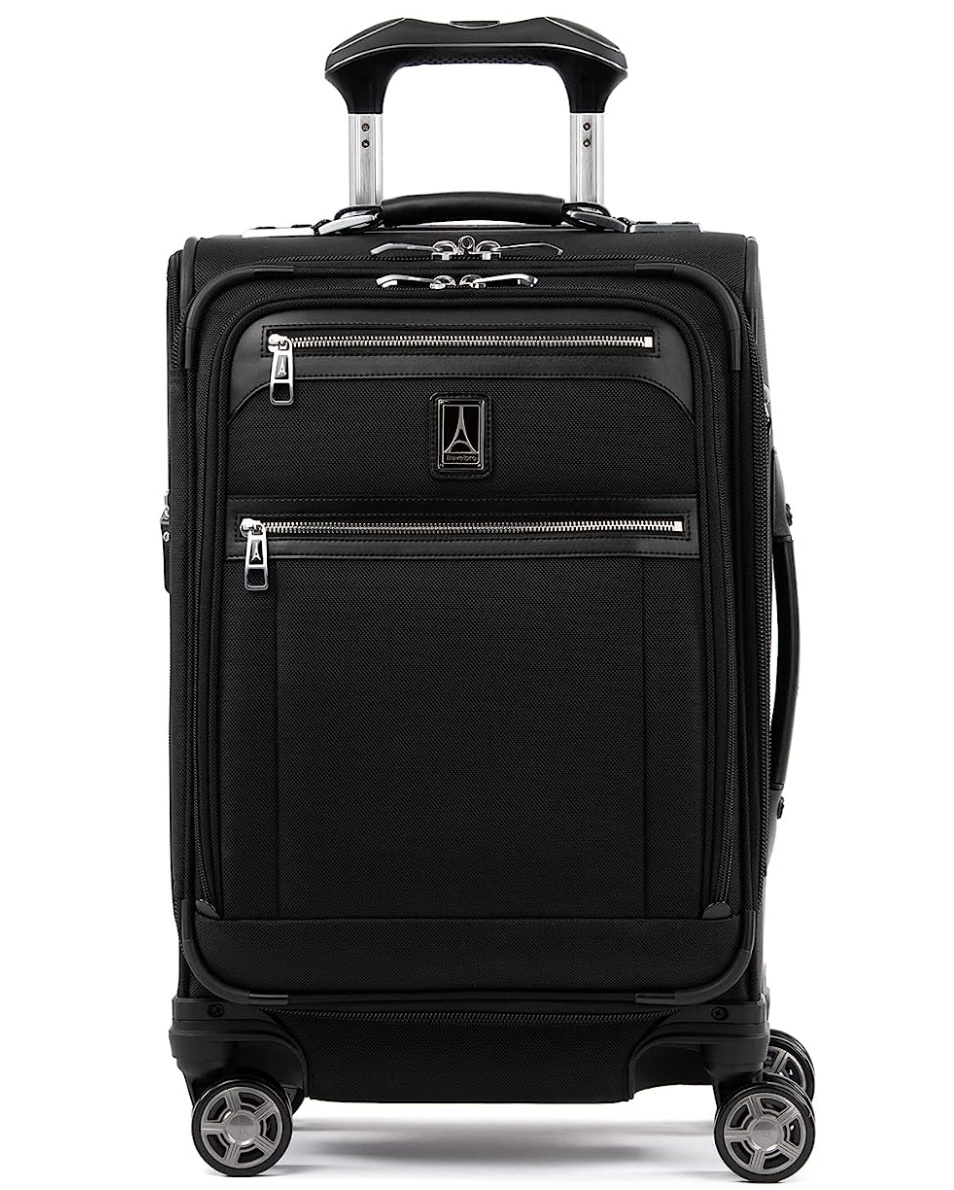
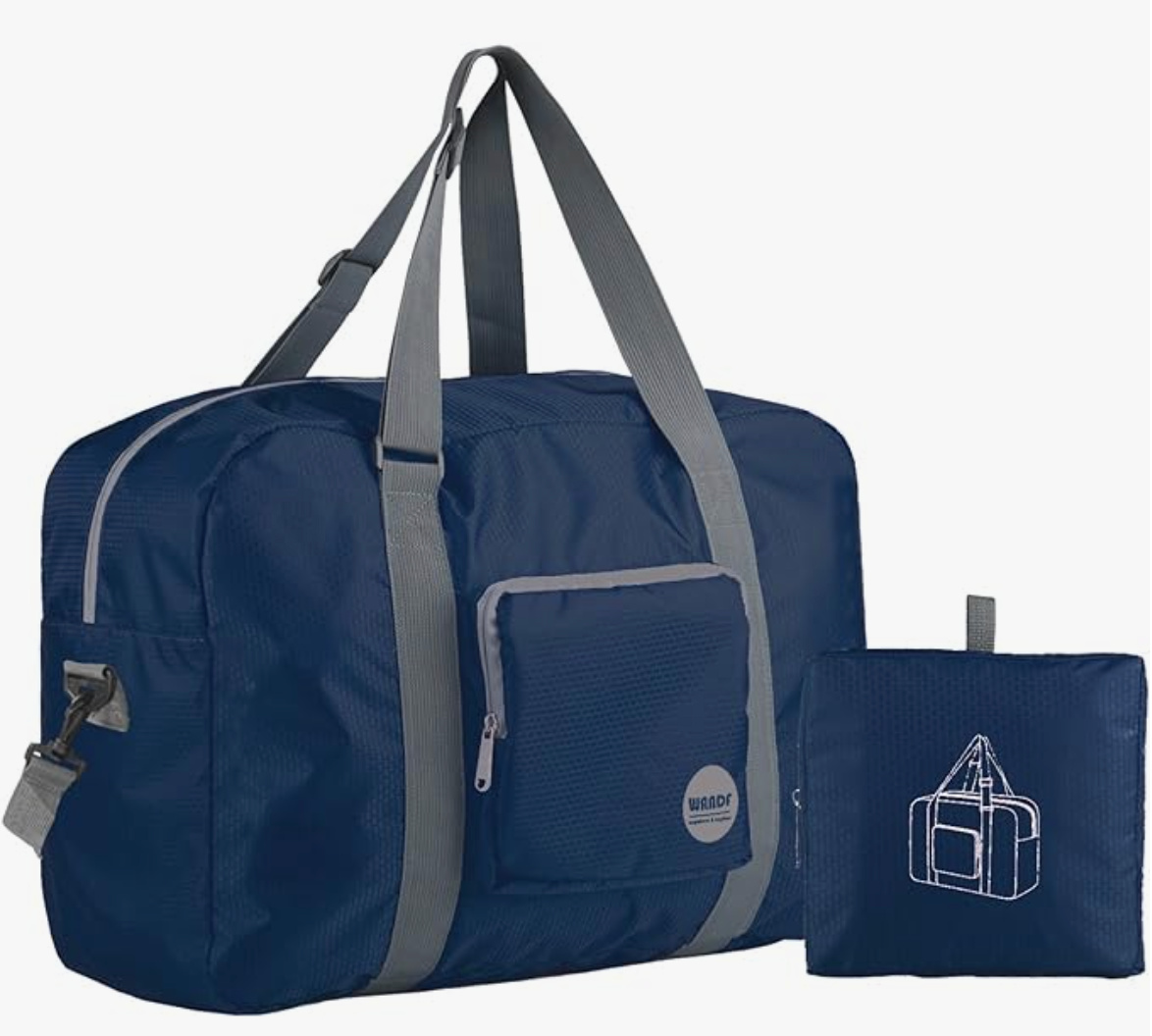
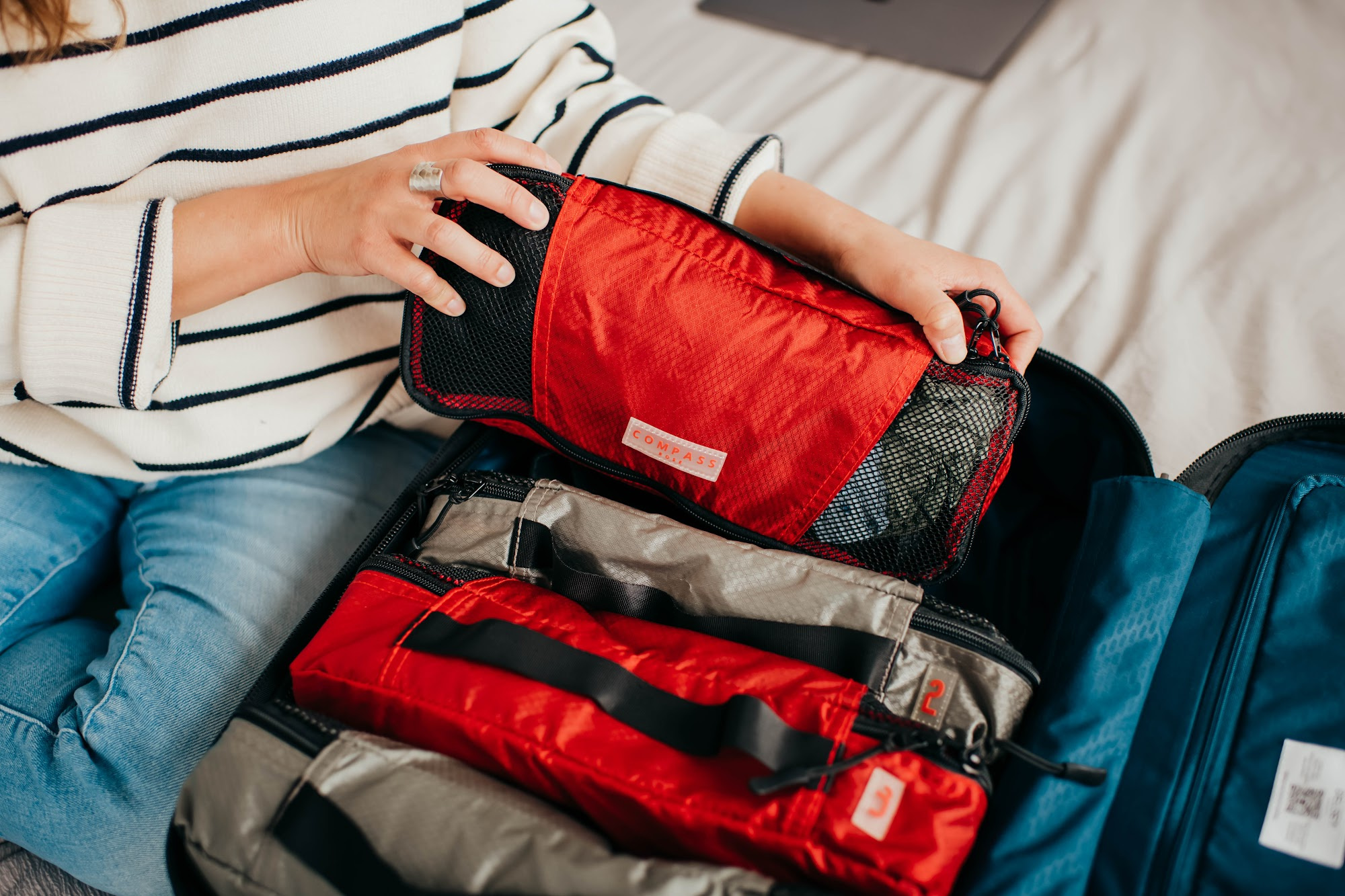
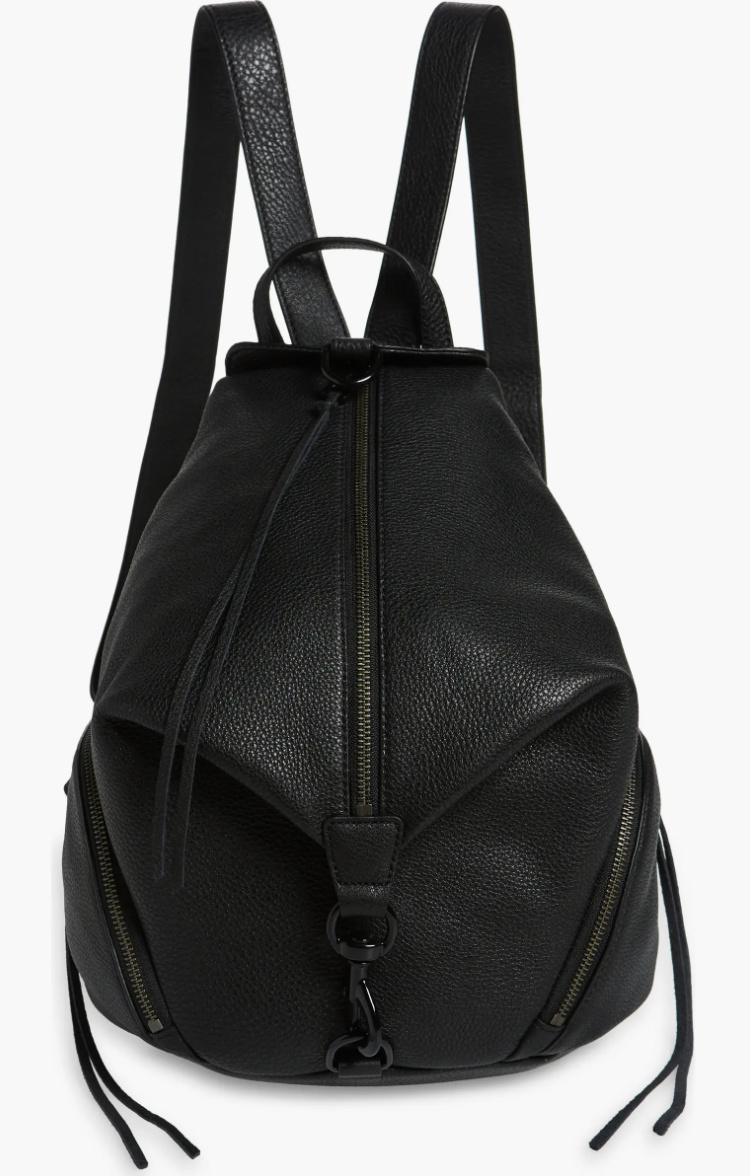
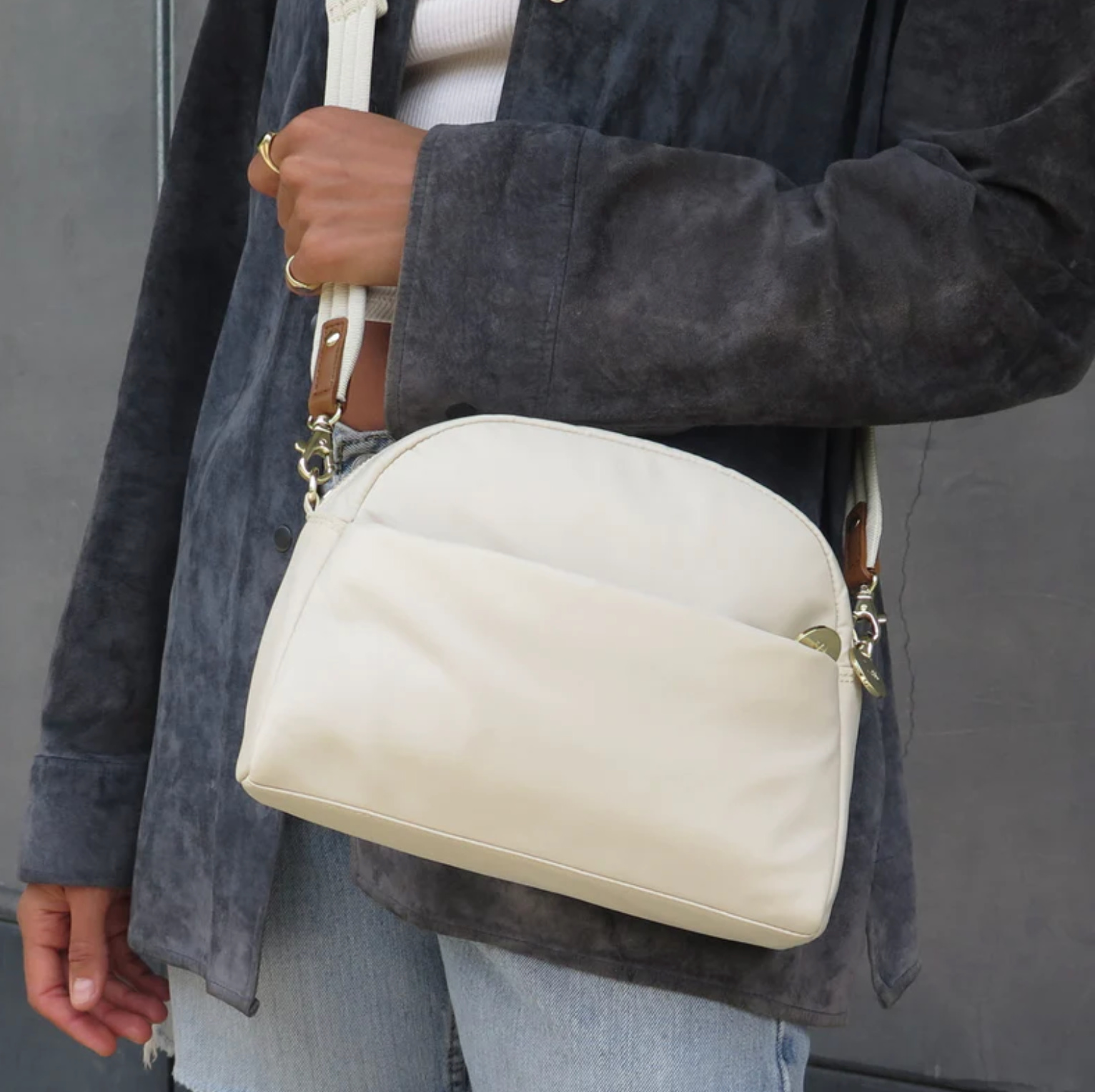

This was so helpful before my trip to South Korea. Thank you so much for this and all of your excellent articles!
Just the blog I needed as I am planning my Japan and South Korea trip!
I’m heading to Japan for the first time end of October 2024 so the tips were helpful.
Thank you so much for this post!! Planning a trip for Fall 2024 for my 40th birthday and have been a follower of TFG for over a decade.
I’m so happy to hear you had a good trip in my home country 💛🇯🇵
I’m heading to Japan next summer and already planning what to wear! This info is so helpful. I’m looking forward to shopping there as well so these are great tips.
This is extremely helpful. On my first trip to Tokyo I was very unprepared and did not have the right clothing for the weather, which was warmer than what the East Coast was
I have to agree with AshW. I’ve been to Japan many times and it’s true about wearing more conservative clothes. Although they would never say anything since they are too polite, it’s best to wear looser, crew neck type shirts/dresses and looser pants in order to have some respect for the culture. Think Uniqlo style if you’re younger for a casual type look, business casual if you’re older. Basically look put together and definitely don’t show cleavage, especially in Tokyo and near shrines. If you were in Europe some churches wouldn’t let you in without covering your shoulders, and the same respect should be shown when we’re in Japan. Although there are many tourists in Japan that wear whatever they want, it is generally frowned upon or they are totally embarrassed for them. The more you fit in, the more you’re welcomed and the more opportunities will open up to you. And make sure you pack/wear socks because you will have to take your shoes off. So, don’t bring sandals.
Japan is my favorite vacation destination! I usually pack clothes that are neutral in color and conservative to respect their customs.
Awesome tips! My dream is to go in spring of 2025! I’m also glad to be referred to La Carmina’s blog for inspiration while I wait. I need to find a good light rain coat.
I’m gonna visit Tokyo!
Yay, have a great time Nacho!! 🙂
Hi. I’ll be traveling to Tokyo towards end of November and plan a trip to Mt. Fuji for a day. What should I pack – Autumn or Winter clothing?
Hi Maan, thank you for your question! The autumn season lasts from September through to November but the temperatures will begin to drop! The best tip is to monitor the forecast for your specific trip dates to ensure that you have the most appropriate clothing. Hope this helps. Have a fantastic trip!:)
I am looking at this packing list as inspo. I must make it out to Japan! Oh universe send my plane ticket asap =-D
I’m traveling to Japan in November–5 days for business meetings and 8 days for vacation. I’ll be gone from my home 17 days in total when you include travel days.
I love the ideas above for my vacation clothes, but do you have any tips for packing lightly while including my business clothes? I plan to wear dark knee length business dresses with blazers, hose, and black flats during my meetings. I will be with the same colleagues each day, so I can’t be obvious about repeating outfits.
Any tips?
Hi Holley, take a look at these posts: https://www.travelfashiongirl.com/category/business-travel/
I hope I can help out a little bit.
Appearance is vitally important for business in Japan and it’s definitely noticed. Conservative quality skirt suits are best, think restrained, formal and polished. If you bring business skirts instead of a dress to pair with a matching blazer, black, gray or navy, you can add different neutral solid colors and classic style tops/blouses each day (avoid body con/cleavage, busy, bright colors) and add very minimal jewelry to change up the look. You should wear nude sheer stockings and a black or dark colored business bag. Business attire/color is VERY important in Japan so avoid flashy colors and styles since there is a negative connotation to them. The culture is all about not standing out and a neat, dark skirt suit is a code for respect and is very important for business in Japan.
However, if the office has a casual atmosphere, you may be able to relax these guidelines. Again, the culture is all about not standing out and respect. Otherwise, it may effect your business relationships and should not be taken lightly, even if there are no outwardly negative indications. Look up Japanese business etiquette because it’s on a whole other level than what can be written here.
Good luck and have a nice time!
Hello! Thanks for the Winter tip. We’re going to Tokyo this April with the whole family. May I ask, do you know where is the street food strip is?
Omoide Yokocho in Shinjuku.
So helpful I went to Japan (all over) October 16 and am glad I took the advice of taking a small suitcase!
I miss Japan!!
Me too!
I am in love with Japan. I am planning to move my business there. It is really cheap and organized country. Thank you for sharing such an interesting information! Best regards!
Thanks Willie, glad you found this helpful!
While the clothing choices are cute, they are not appropriate for Japan. Even if you pay attention and people-watch for a while, you can pick out pretty quickly what’s fashionable and acceptable here and what isn’t.
As commenters mentioned earlier, too-tight shirts/ cleavage / tank tops / and even sleeveless shirts are pretty inappropriate in most circumstances and may attract unwanted attention, whether you’re in Tokyo or the more laid back countryside. (Kanto/Tokyo is my main point of reference fashionwise but I’ve also spent time in Kinki, Tohoku, and Hokkaido.)
Your best bet is to make sure your shoulders are covered, your neckline is somewhat high, and no bra straps are showing, and if you do have to wear a tank, make sure to cover your shoulders with a shawl, cardigan, or jacket. Yes, even if it’s hot :/ Pair a looser tunic with something tighter on the bottom rather than opting for the fitted tee + fitted skinnies combo.
Shorter shorts and skirts are more acceptable than showing bare shoulders or open tops but it seems like most ladies still opt for a more covered but chic look.
Also, sunglasses aren’t really a thing? I’ve never really asked anyone why, but I don’t know anyone in Tokyo who wears sunglasses ( though I have seen yakuza and some wannabe VK/host boys wearing them during the daytime.) Neither are super large hats/visors, unless you’re gardening or hiking or something. people would mostly glare passive-aggressive daggers at you if you got on the subway like that. I like the poster’s outfit with the sunglasses and hat but it’s pretty out there for Japan standards, unless you travel in some alternative circles. Even then, it could put some people off, since Tokyoites are not the most accepting of differences, and if you’re foreign, you already stand out a heck of a lot.
For some inspiration I would highly, highly recommend looks found on Tokyo-based Fudge Magazine’s street snap page!! These looks are cute and for the most part easy to replicate. http://fudge.jp/snap/
Hi Ash, thanks for letting us know! The clothing is based on the Tokyo fashion blogger’s tips but we’ll make sure to check out Fudge when we update our clothing. Thanks again!
I literally just walked in the door from a three week trip to Japan. We traveled all over Honshu and Okinawa. I read up on how to pack before I left, and I read much about dressing appropriately, no tanks, no bikinis at the beach etc etc. However, once I arrived, I realized all that commentary was much adieu about nothing. While most Japanese women cover up from head to toe to protect themselves/skin from the sun (think fingerless long gloves under long sleeve shirts, hats, pants/long skirts and tons of sunscreen), other Asians and tourists in Japan wore whatever they wanted (tanks, shorts, dresses, hats, bikinis, sunglasses) without a second glance from the locals. The Japanese are some of the warmest, nicest people I’ve met during my extensive travels, and I can’t imagine any of them being rude or commenting on anyone else’s clothes. Based on my trip to Japan, I say wear what you want to wear (within reason), don’t stress and enjoy your trip.
Thanks for your input Kearstin!
Hi there,
I found your blog to be very useful. I went to Tokyo last mid-April 2014 with my sister, and the temperature was quite cold for us (we’re from Malaysia, and the weather here is tropical). Thankfully I packed a fleece trench coat which is proven very important with temperatures ranging from 8-15 deg. C. Indeed, the Japanese wear proper clothing most of the time. Thanks again for the tips! =)
Thanks for the feedback Suhaila! I think Spring is always underestimated around the world – it’s usually colder than we expect!
There is one very important note that was forgotten: no cleavage or even boob-age! I’ve been several times and showing off breasts (no matter what your age) even fully covered in tights shirts is seen as trashy and will make even a foreigner look like a street walker to the locals. Though so many foreigners wear cleavage showing/flaunting tops! Skirts that show your bum no problem–but breasts are off limits. You’ll see plenty of advertisements showing breasts that are blurred out!
I was thinking the same thing about cleavage reading this.And strappy tops or dresses that show your shoulders would be too revealing. Unless you want a mix of disapproving looks and uncomfortable leers, avoid anything showing too much flesh up top.
Thanks for the tip!